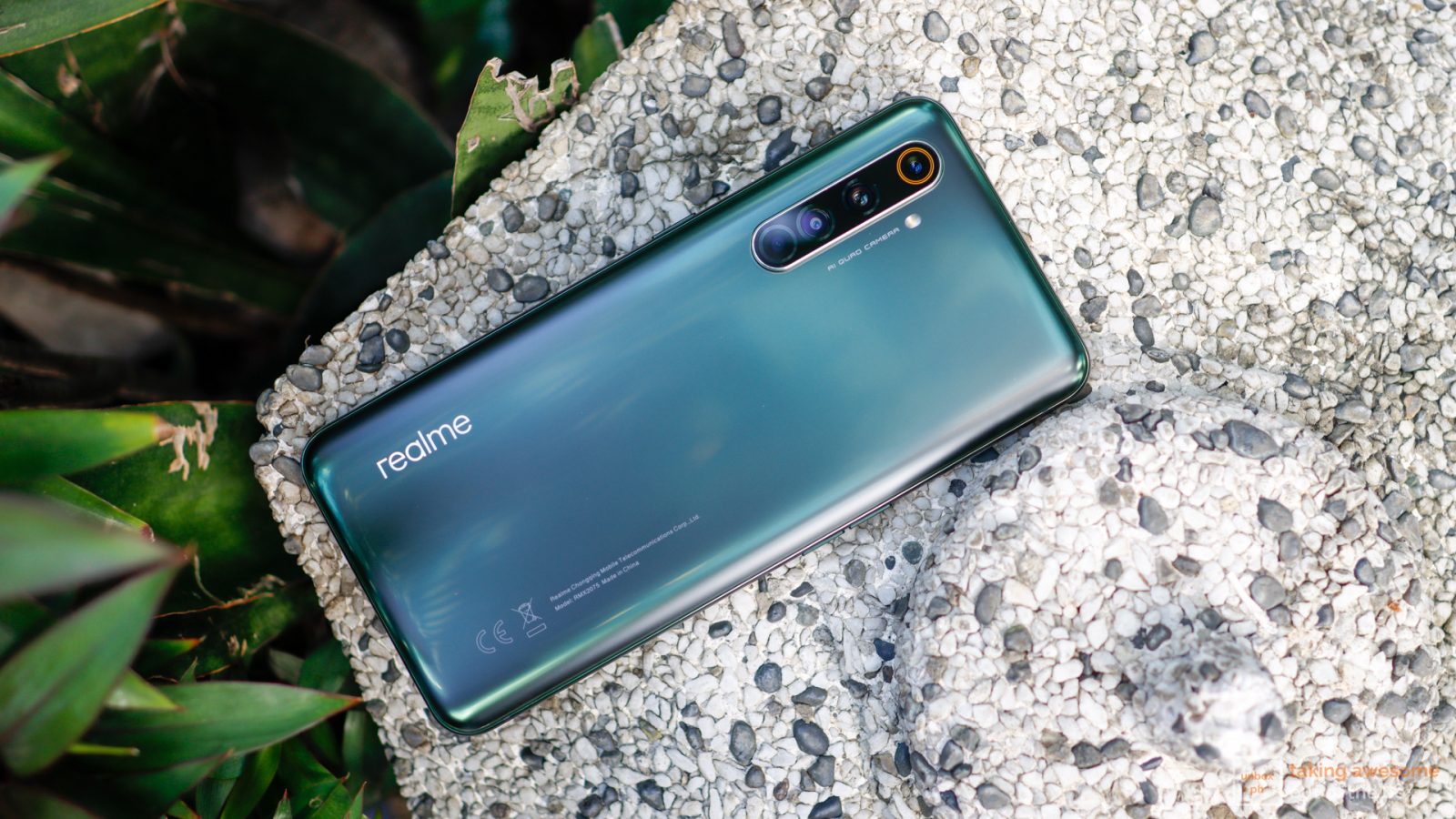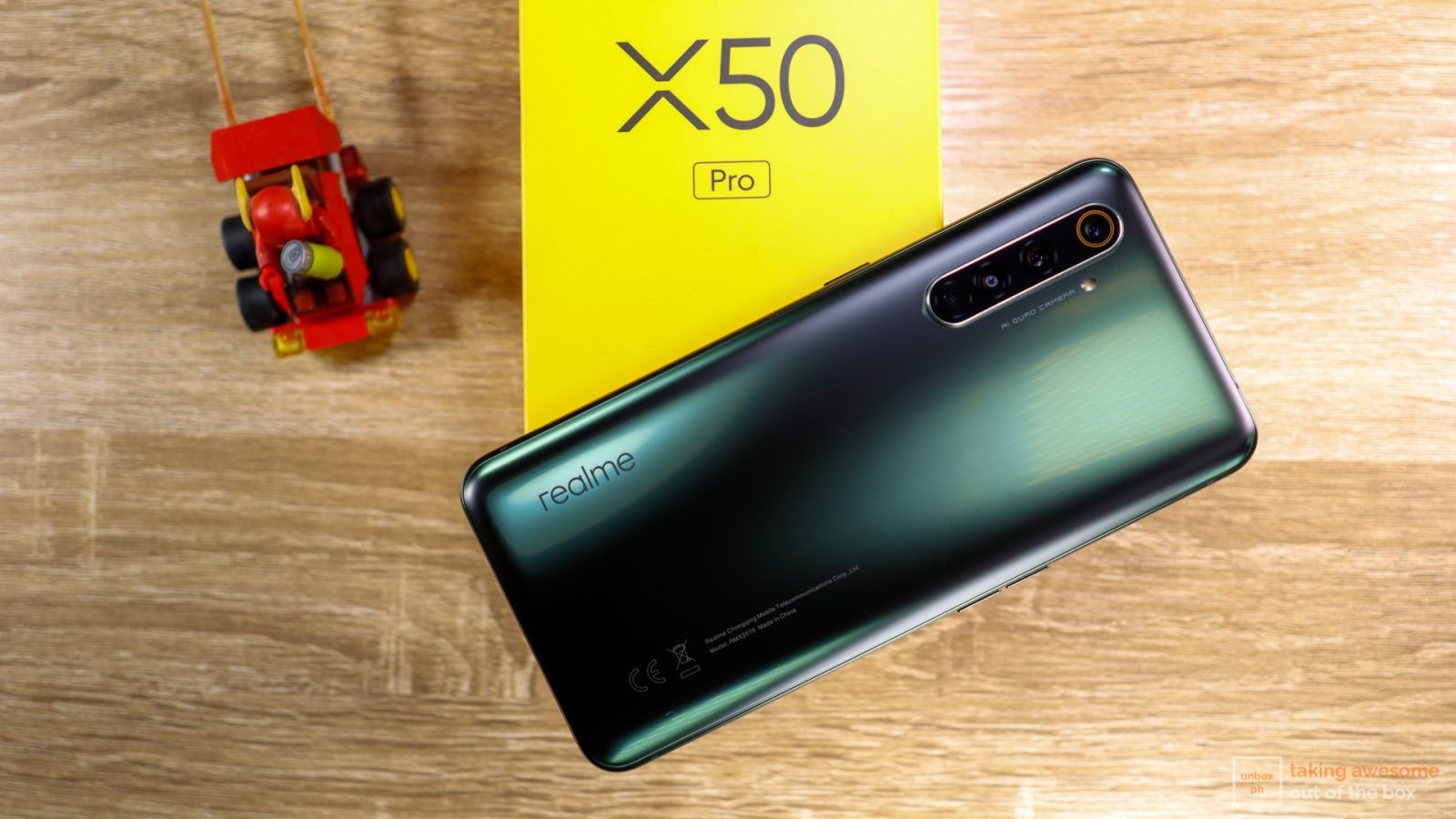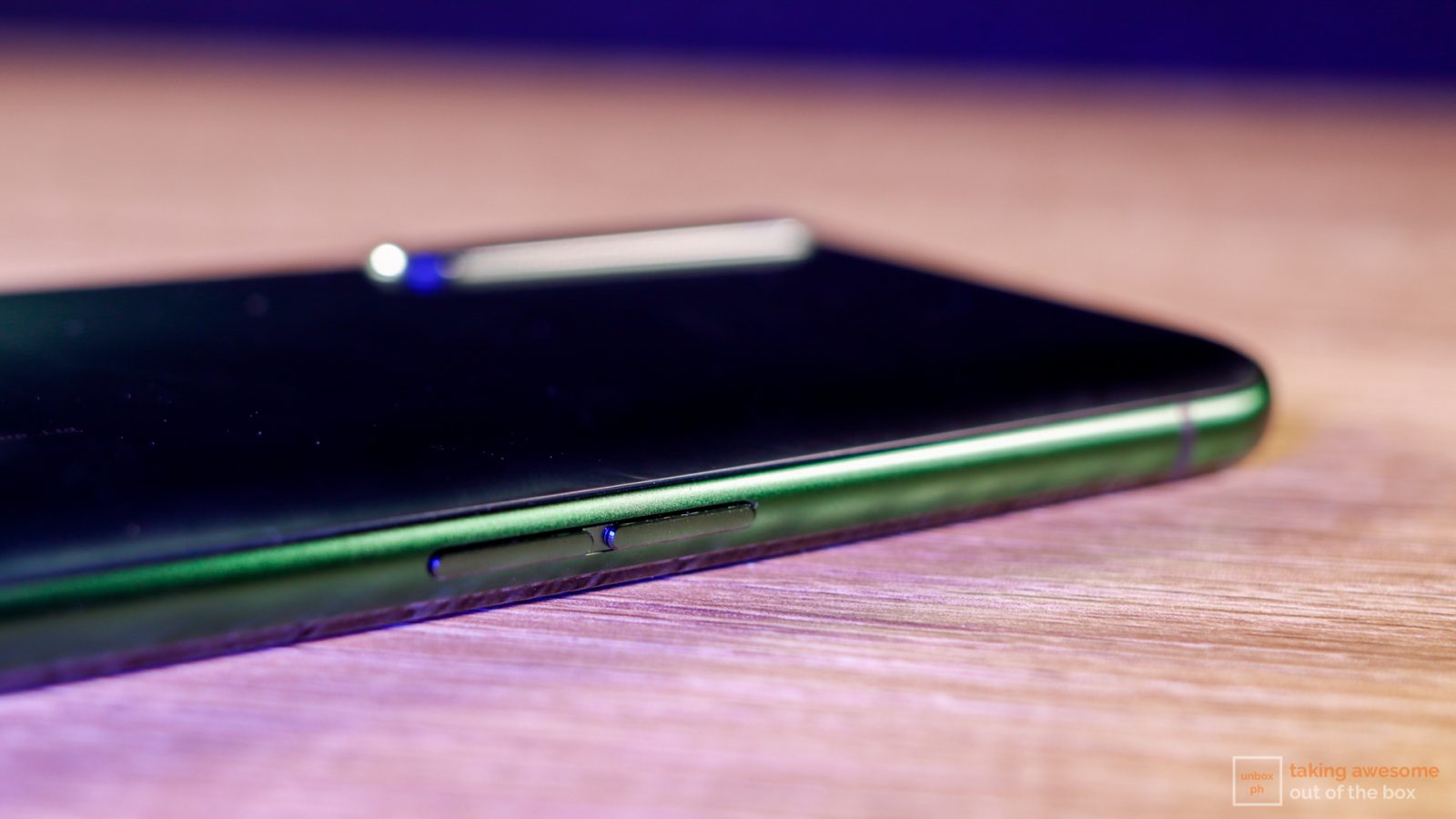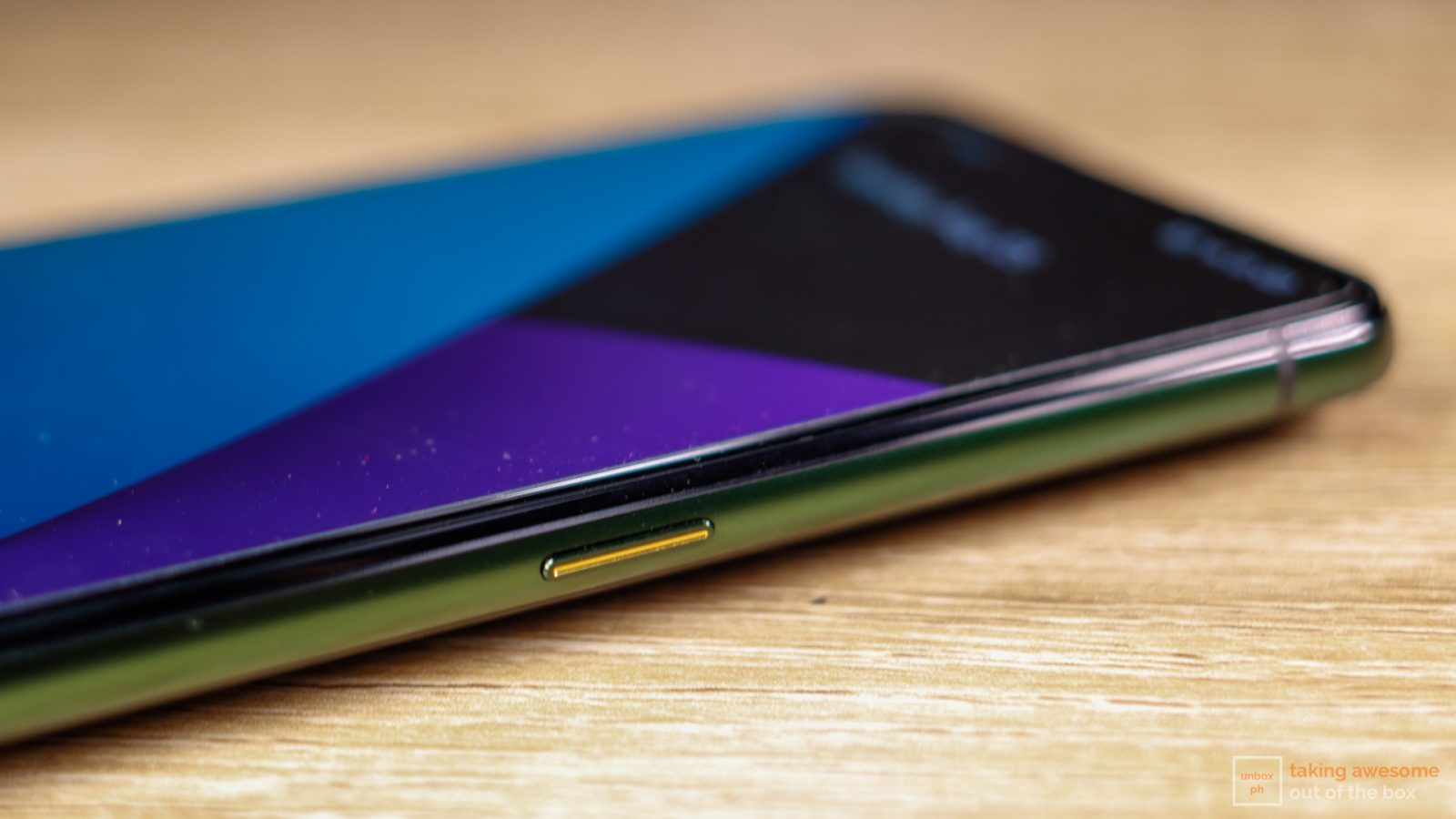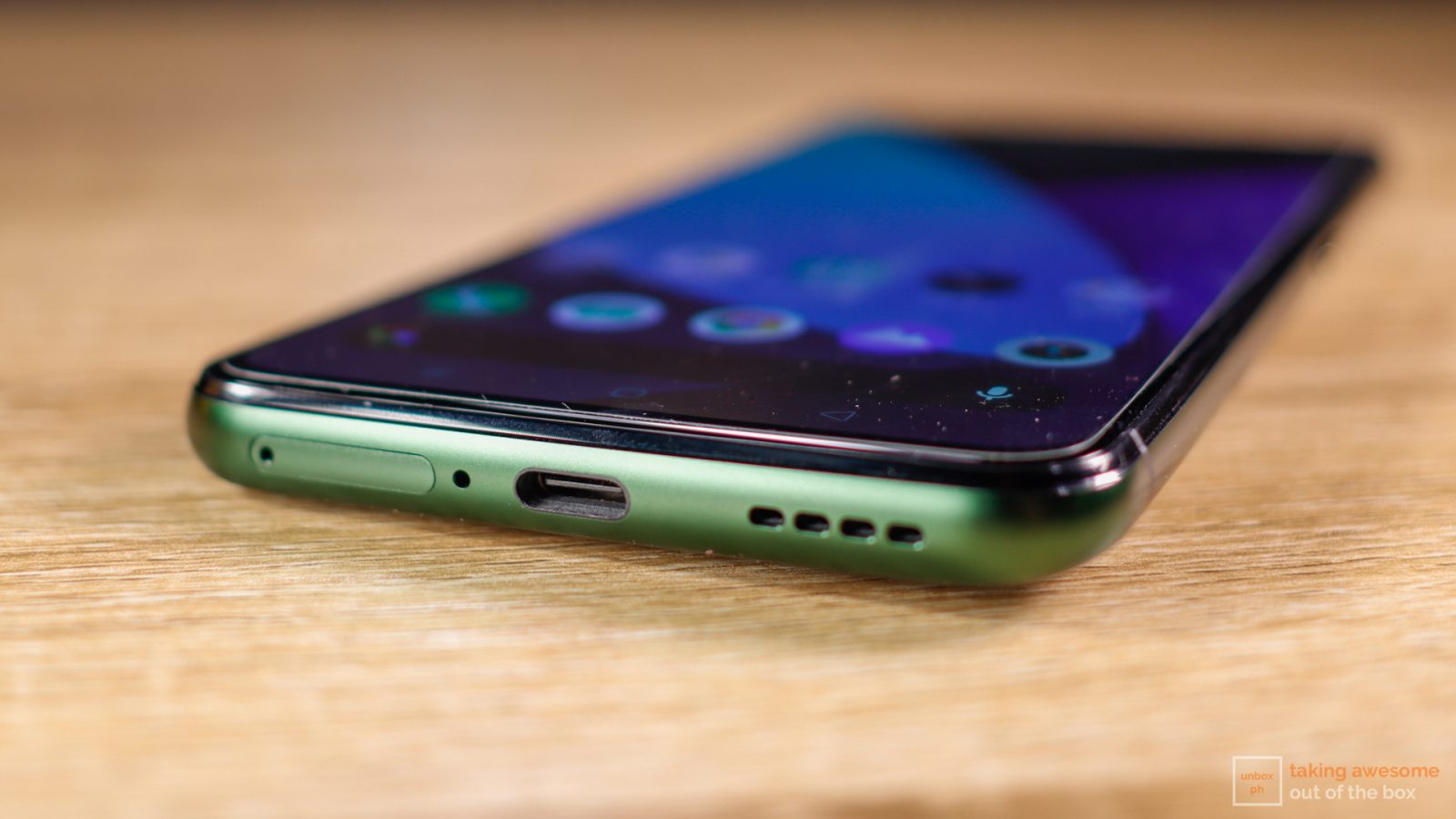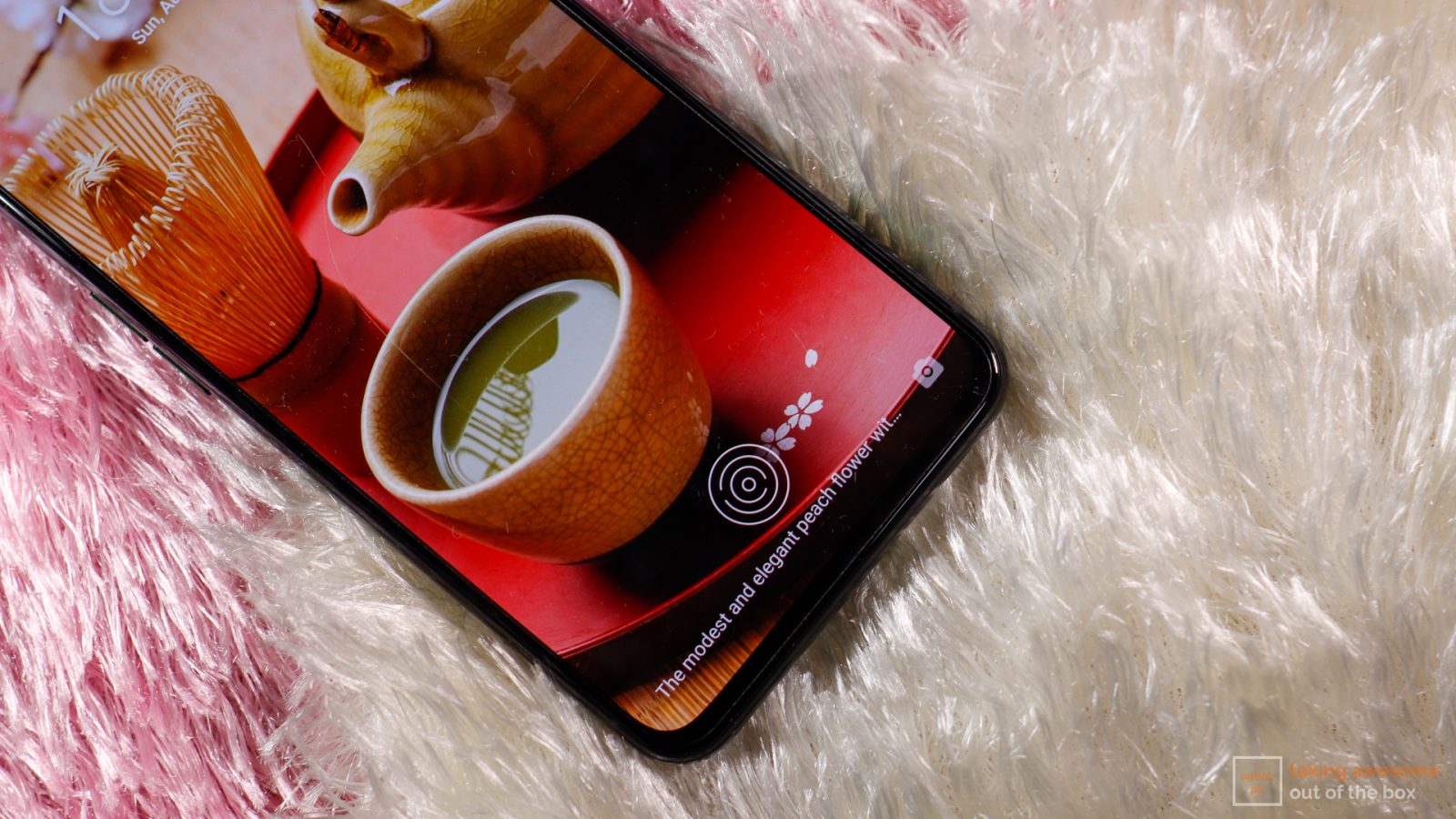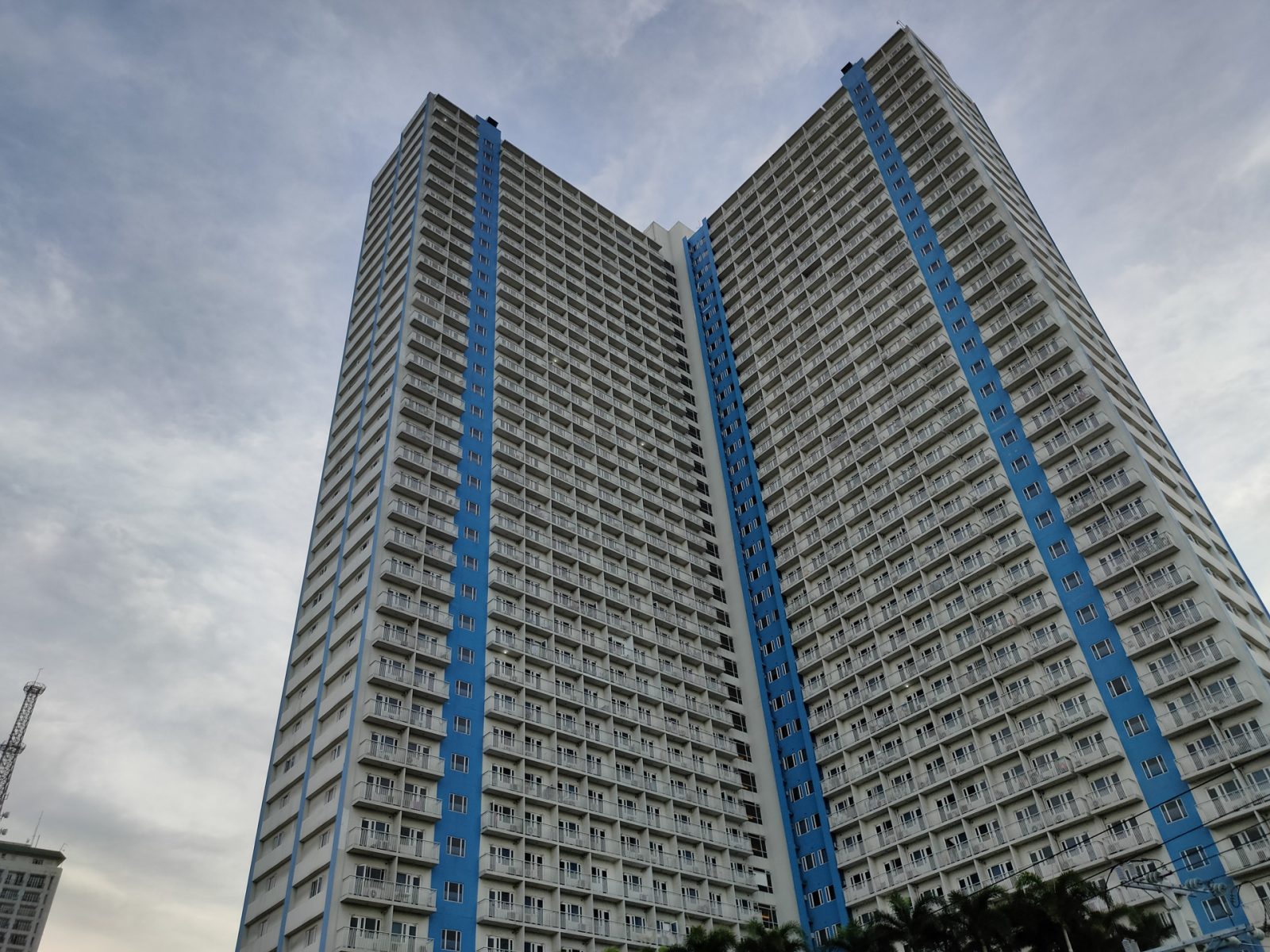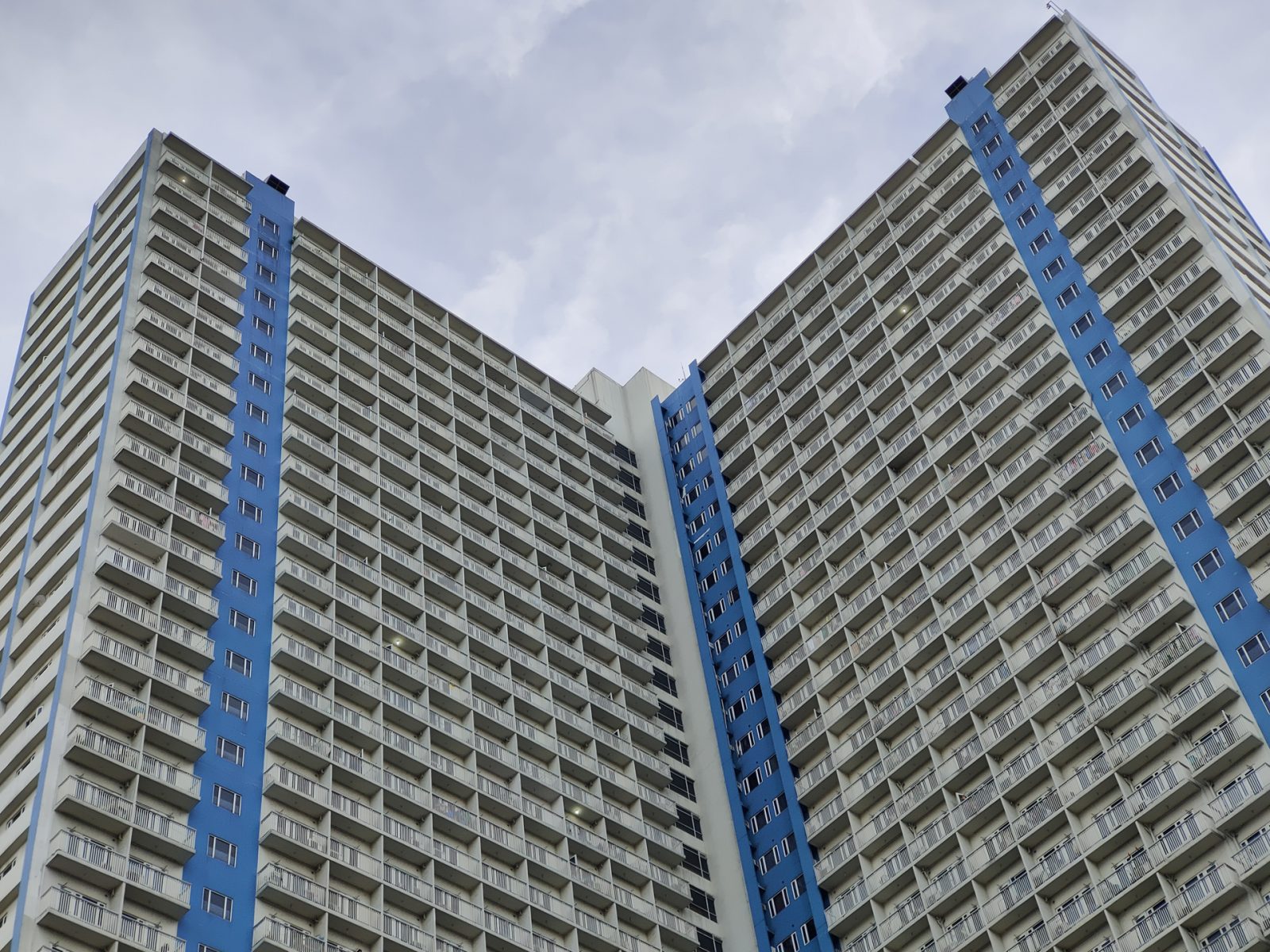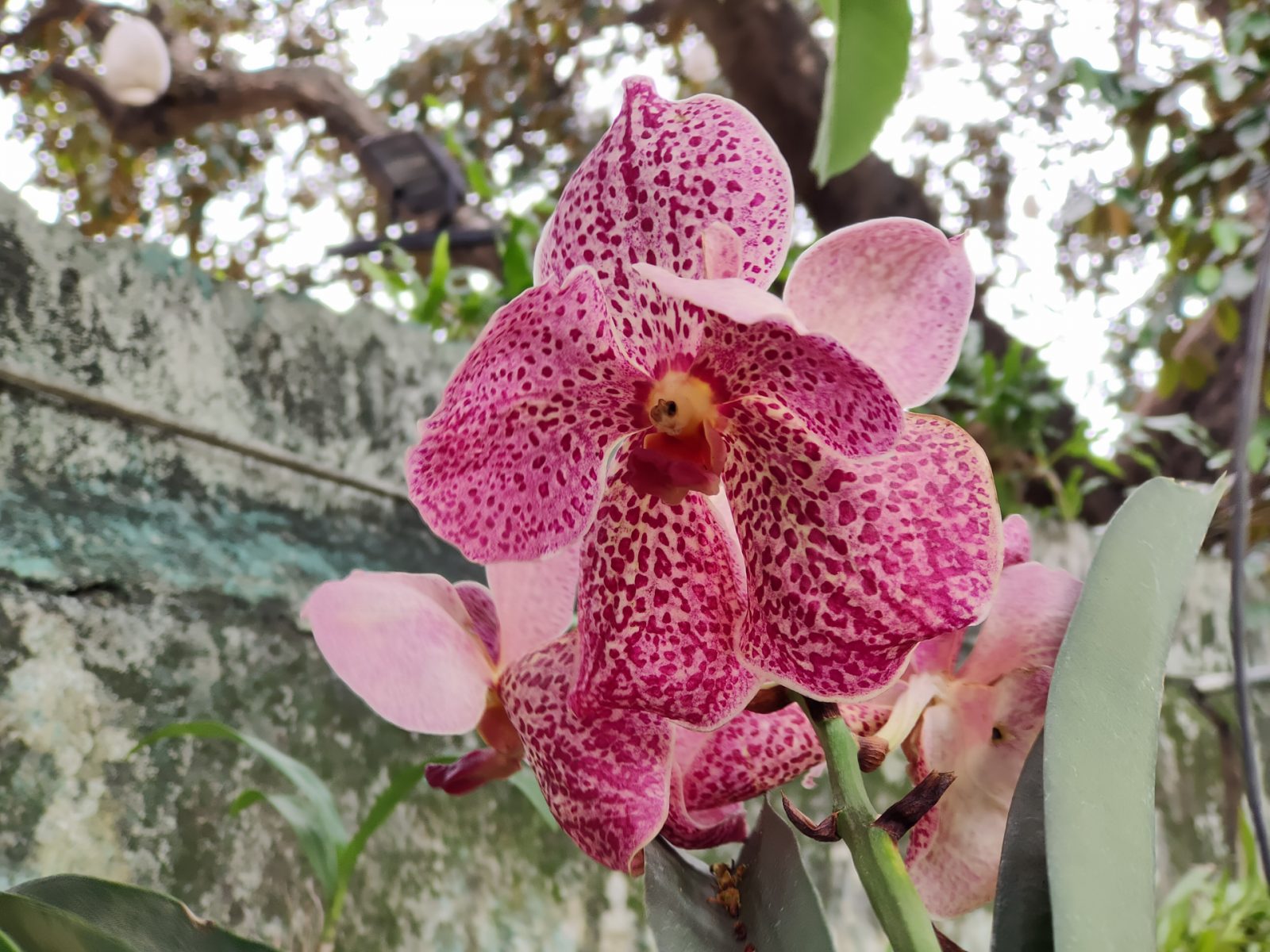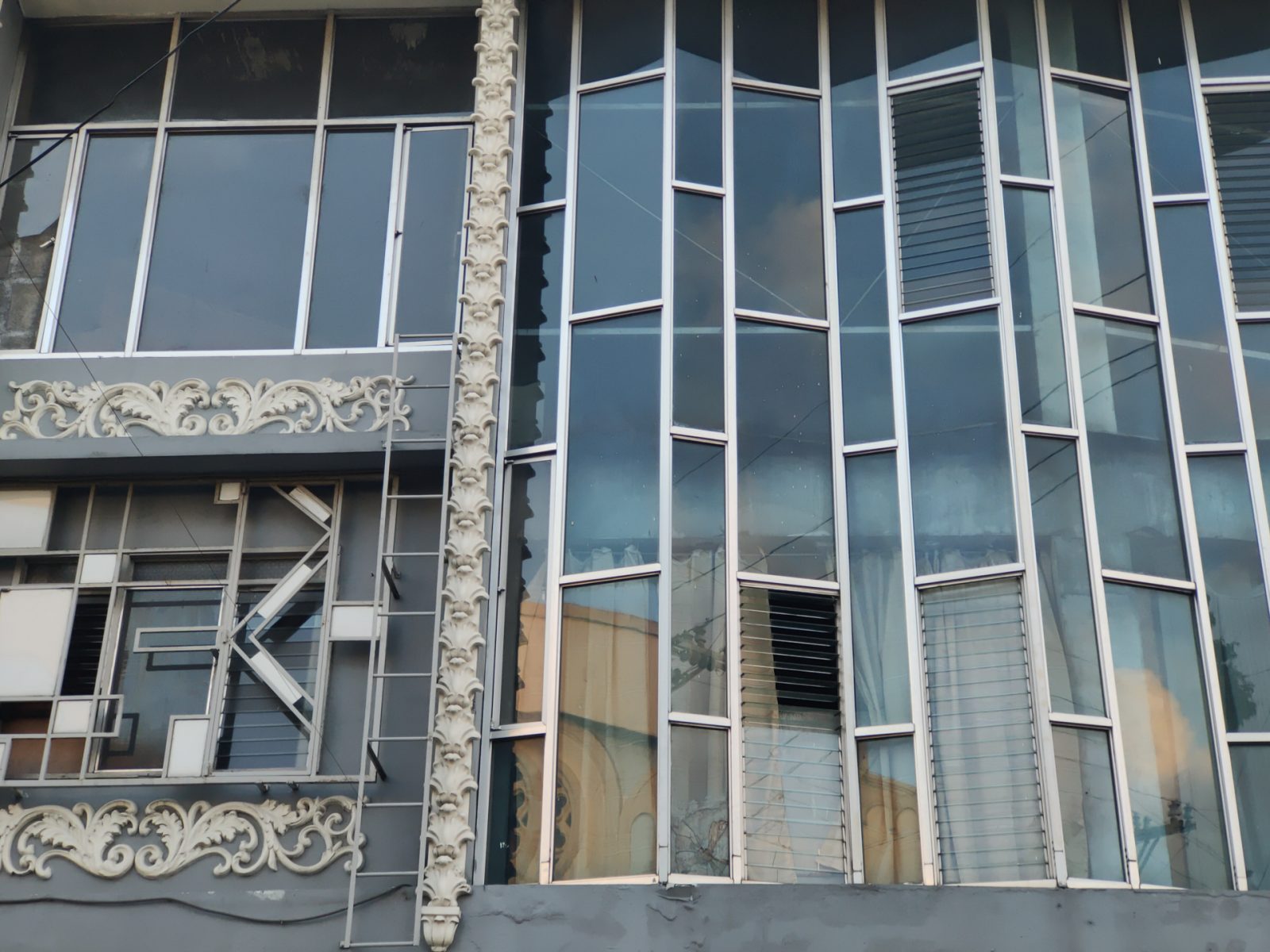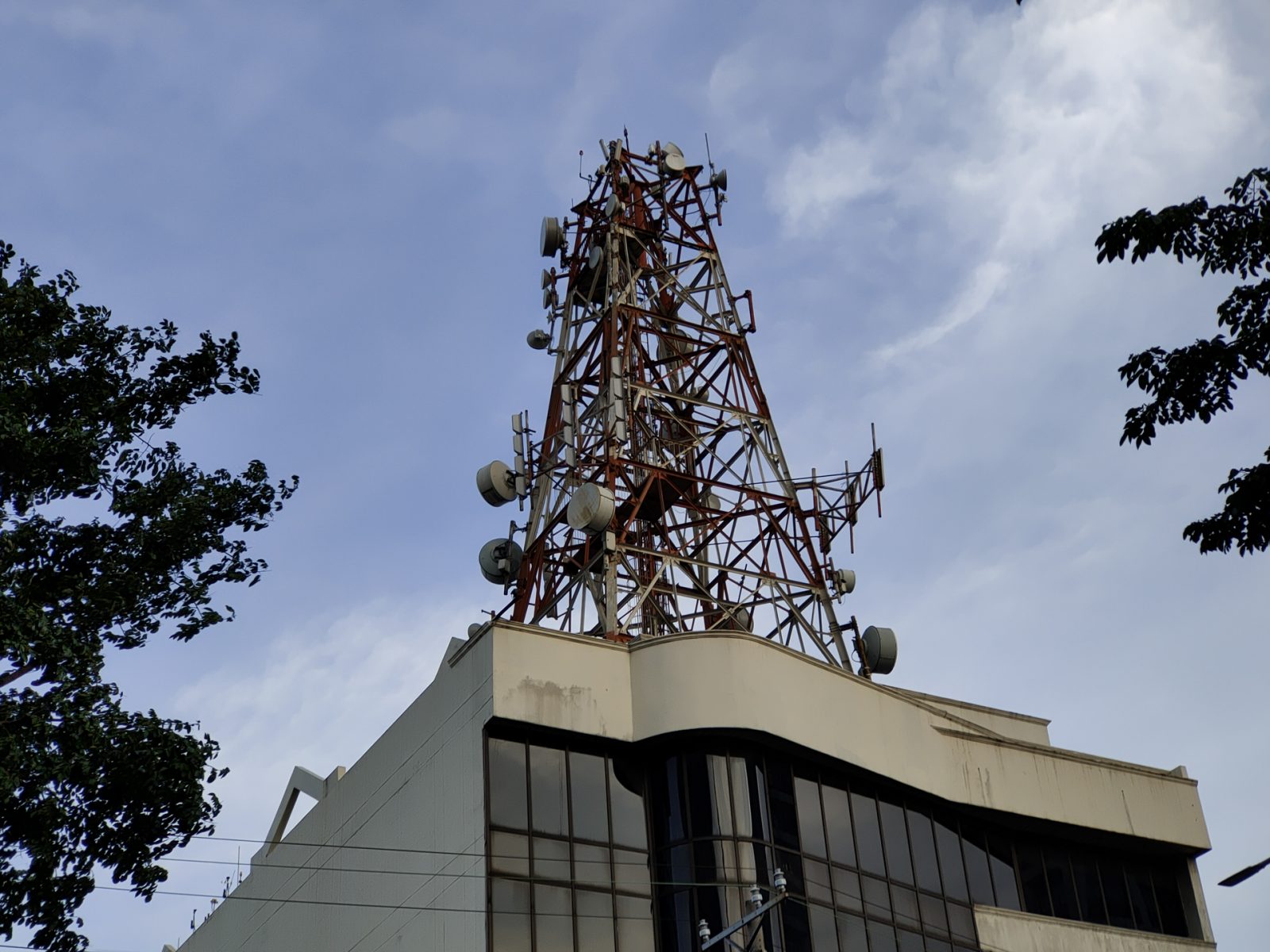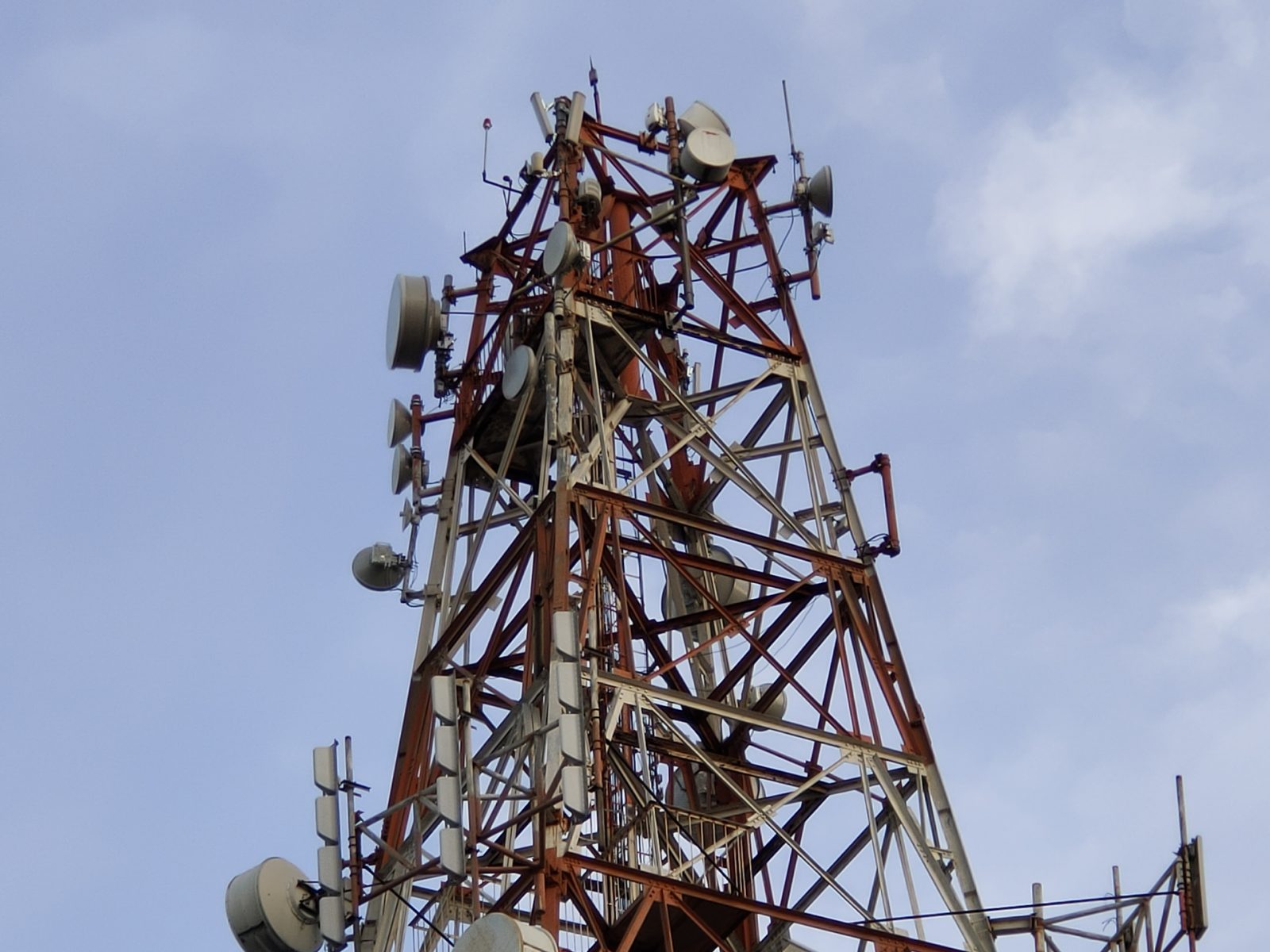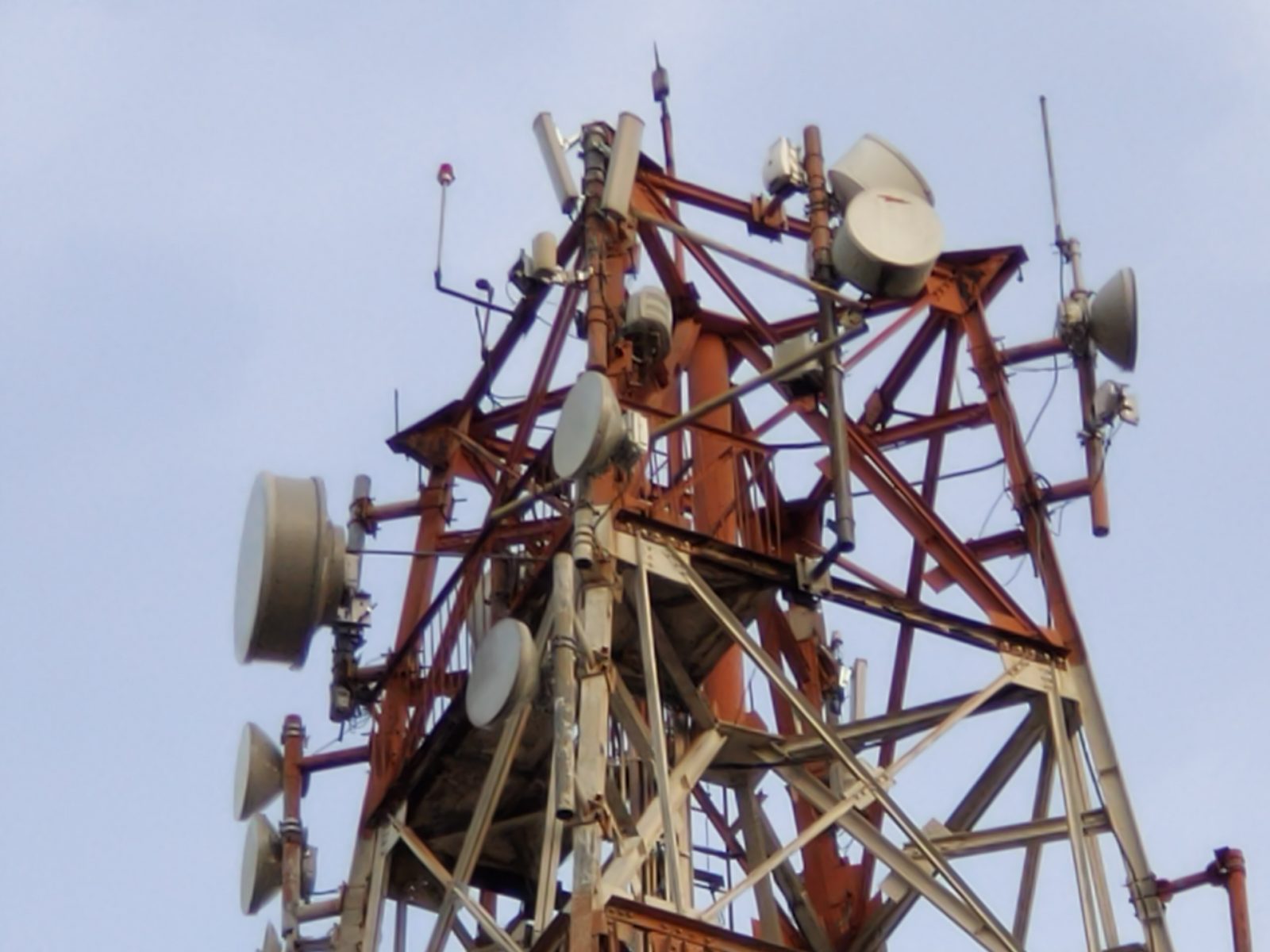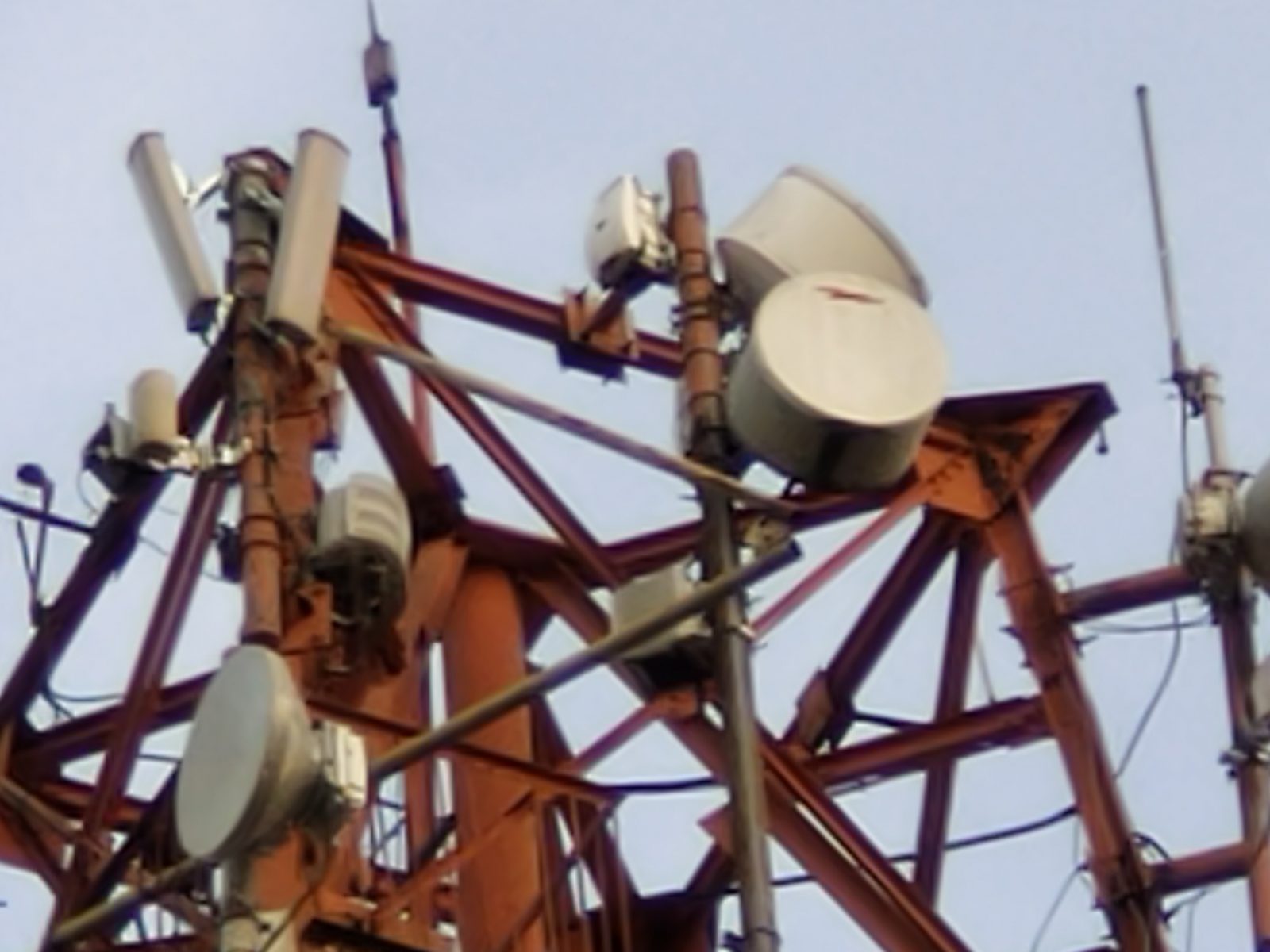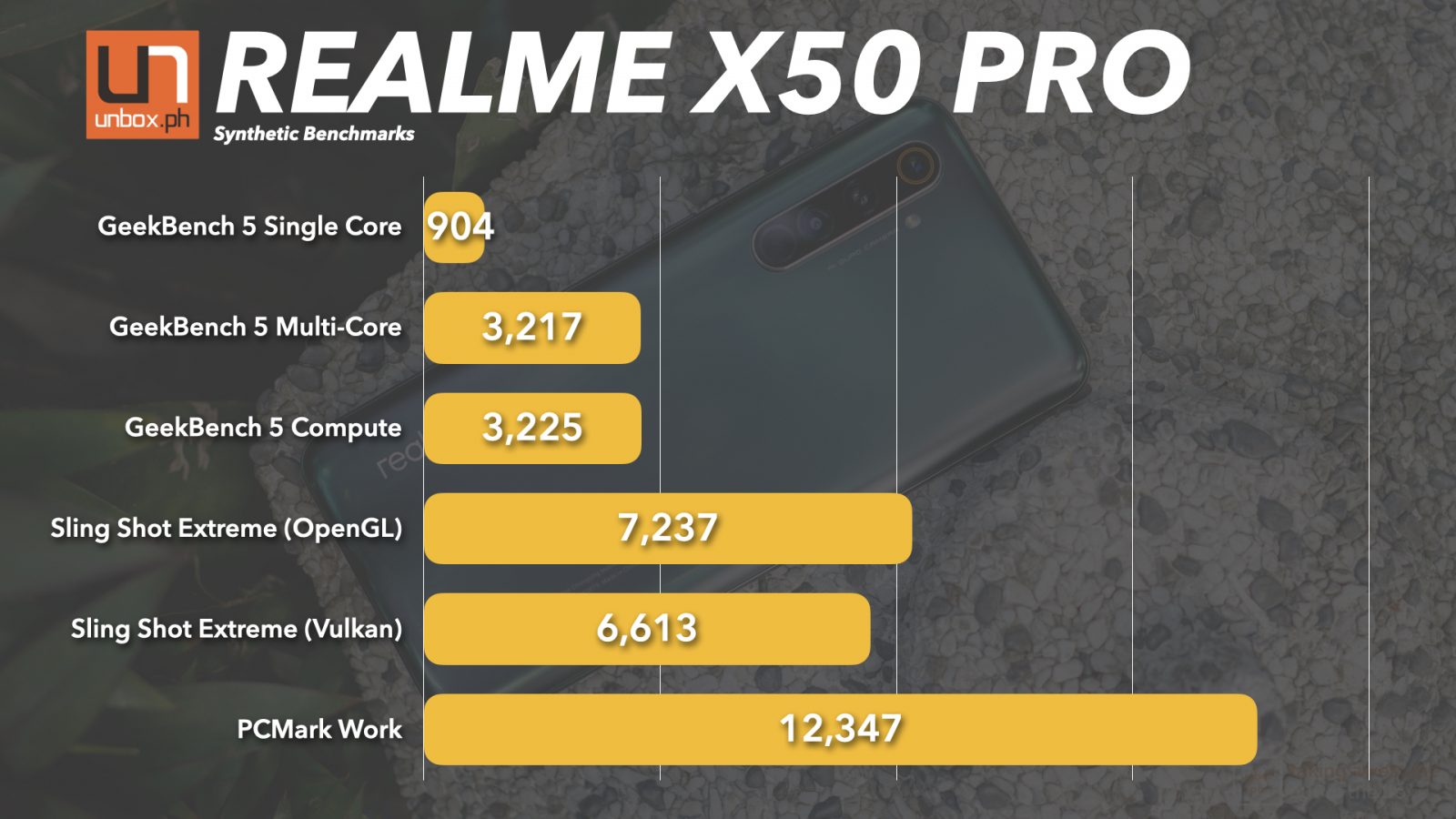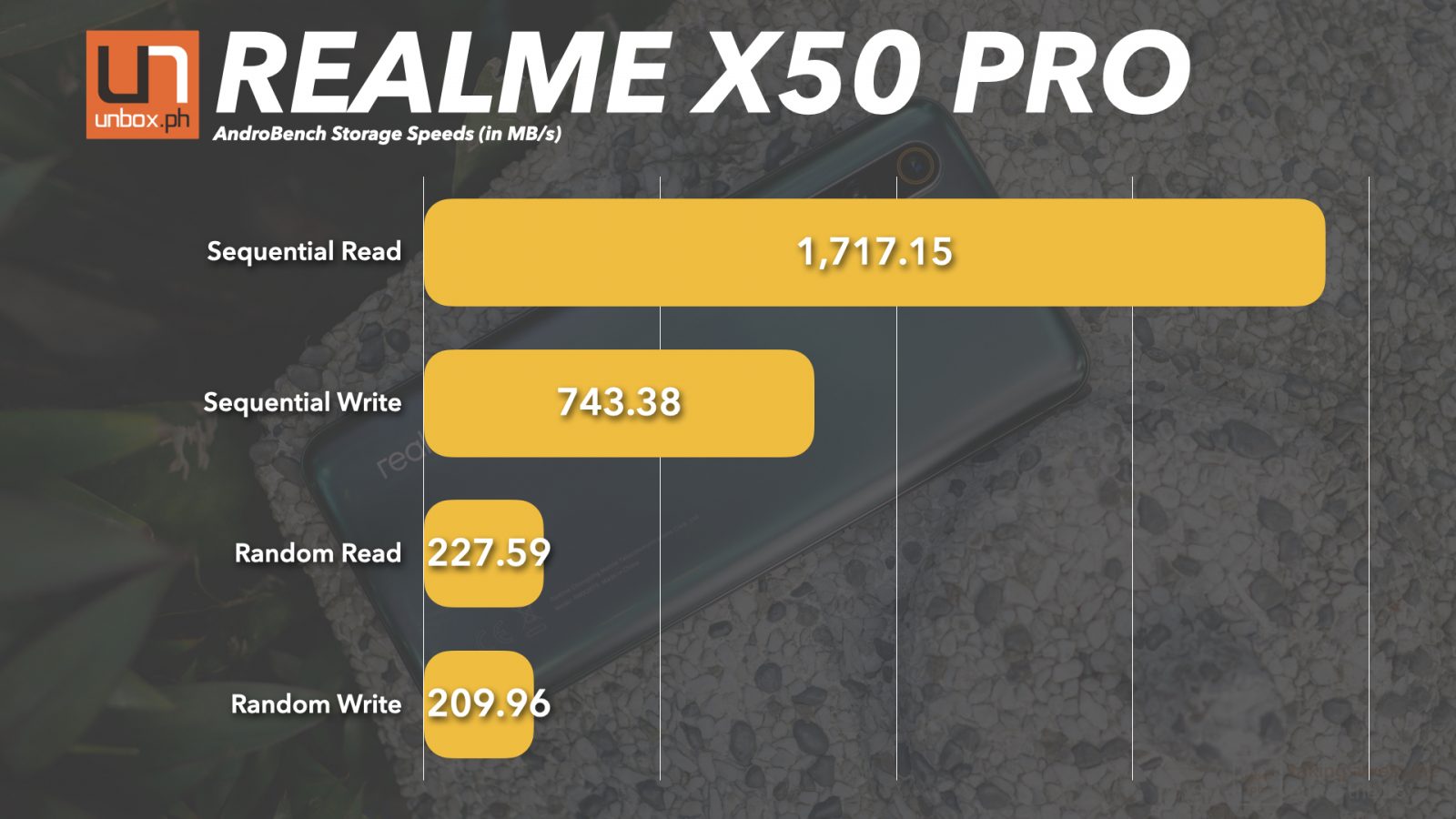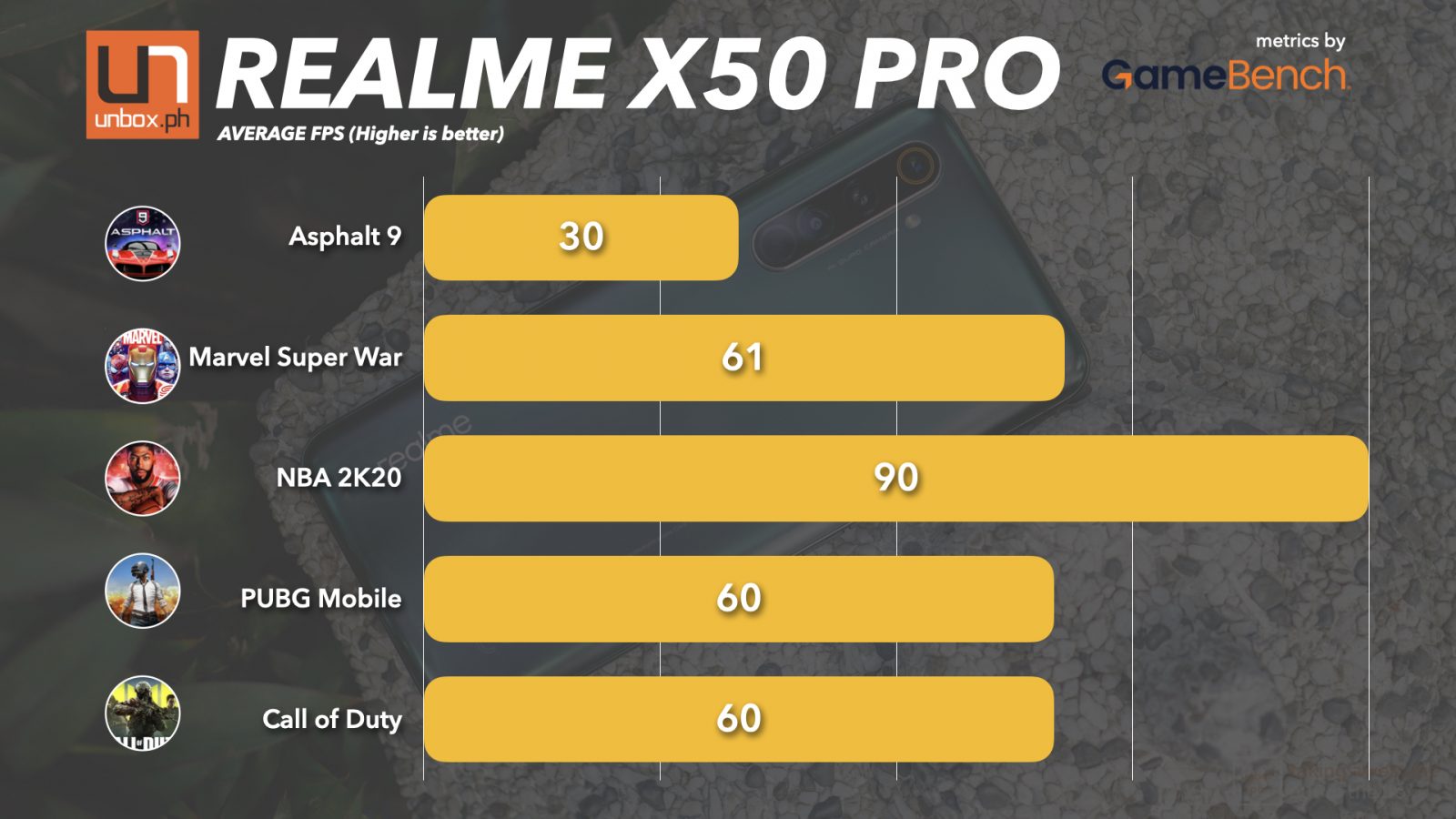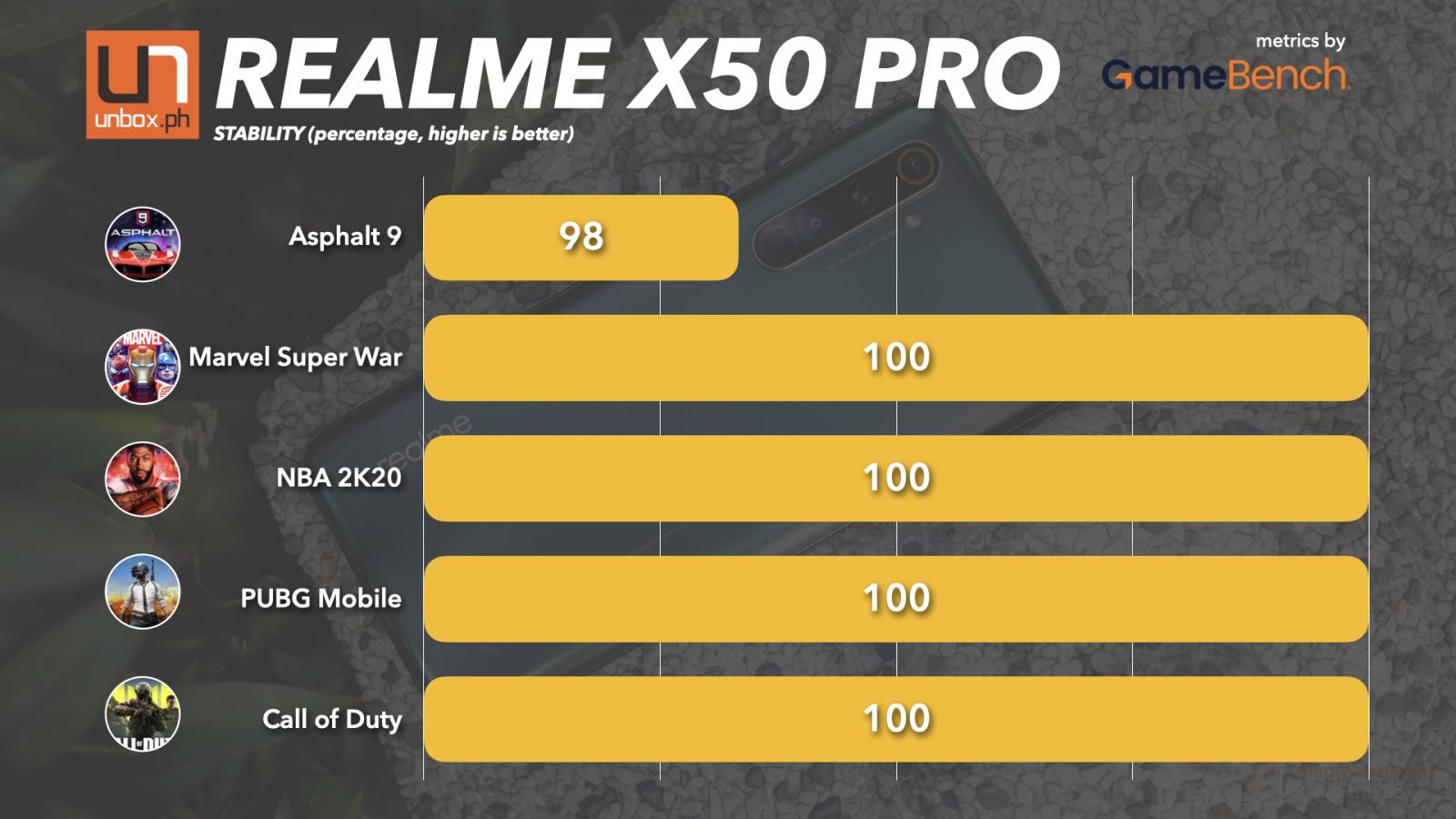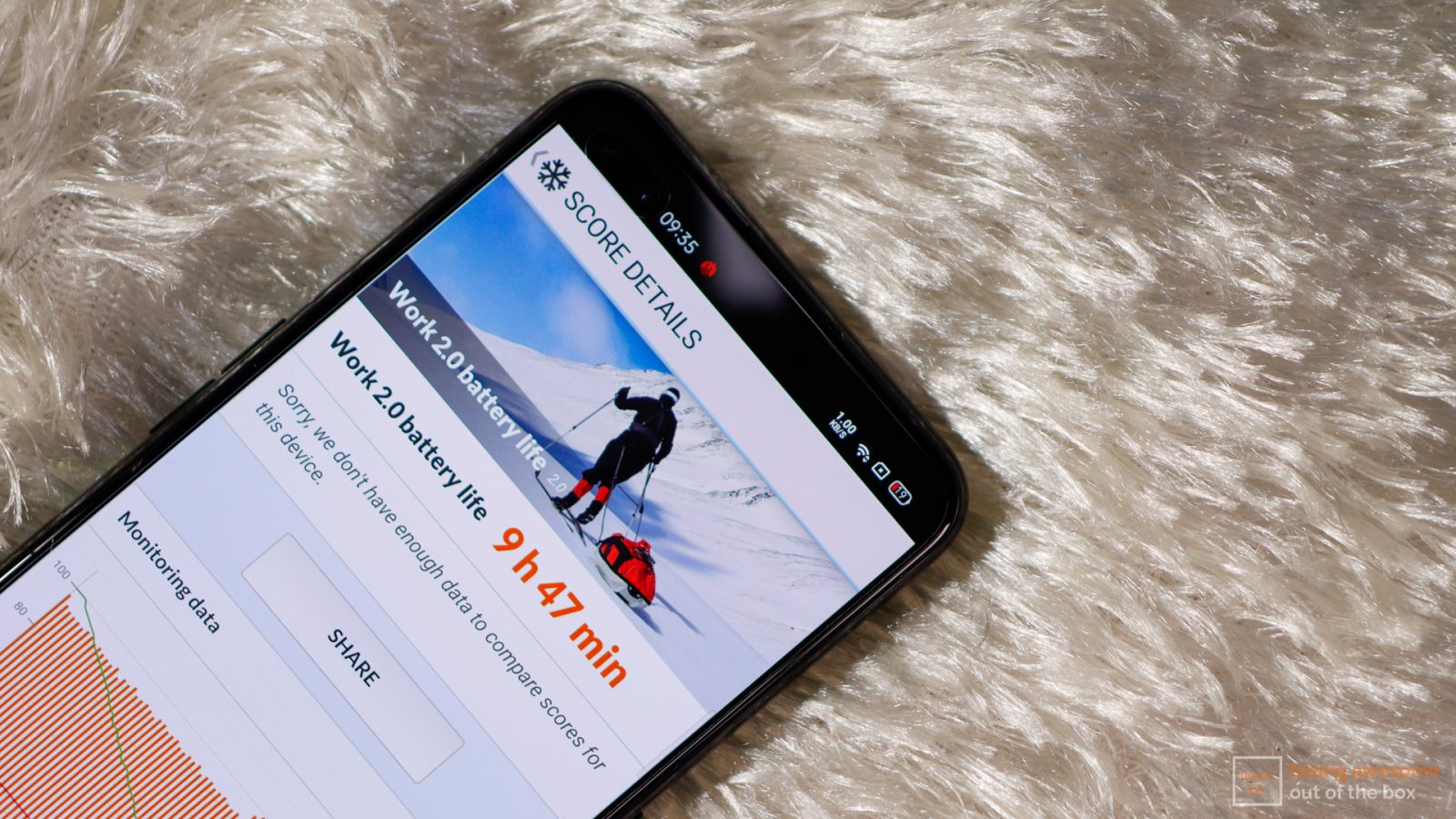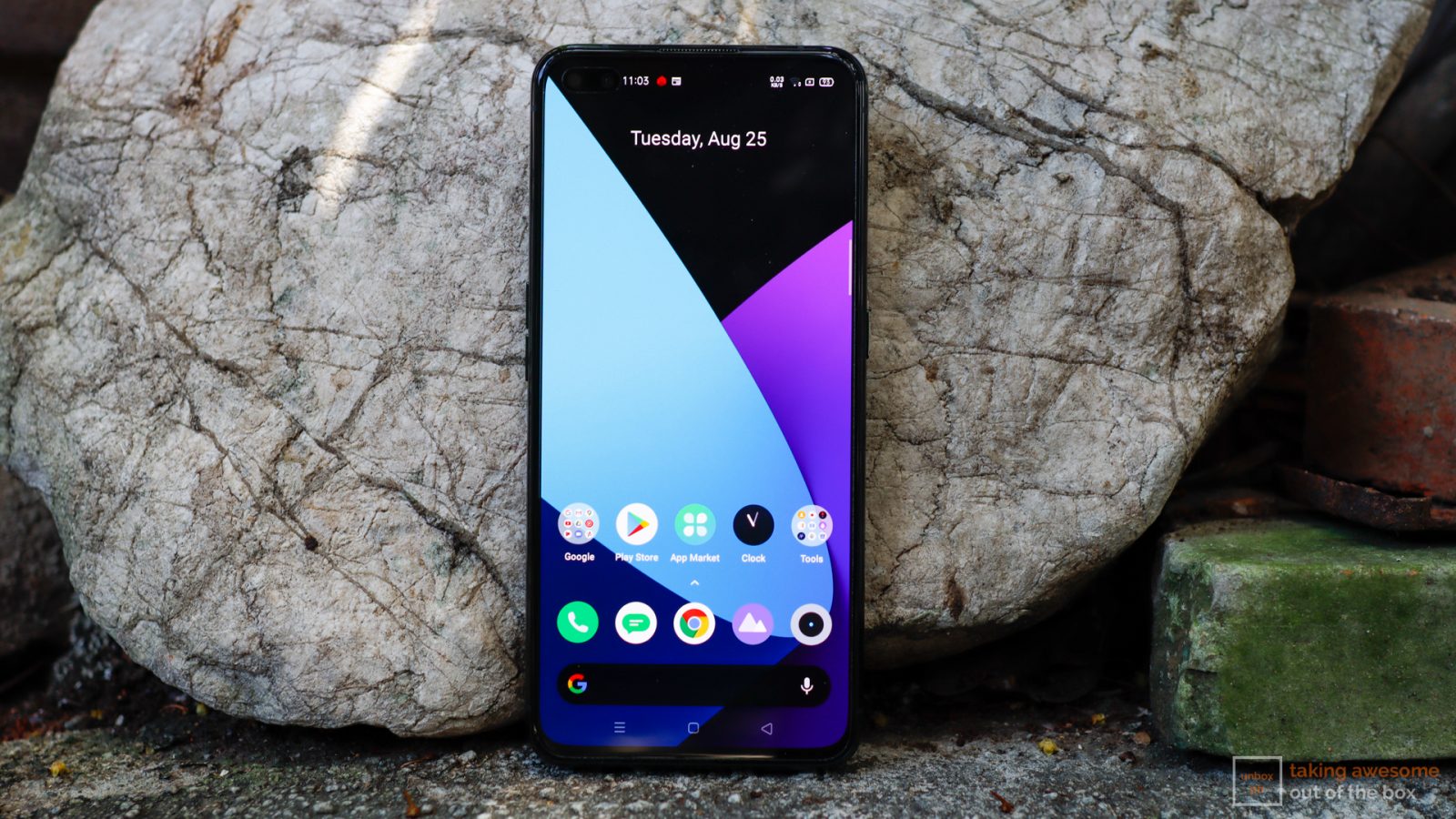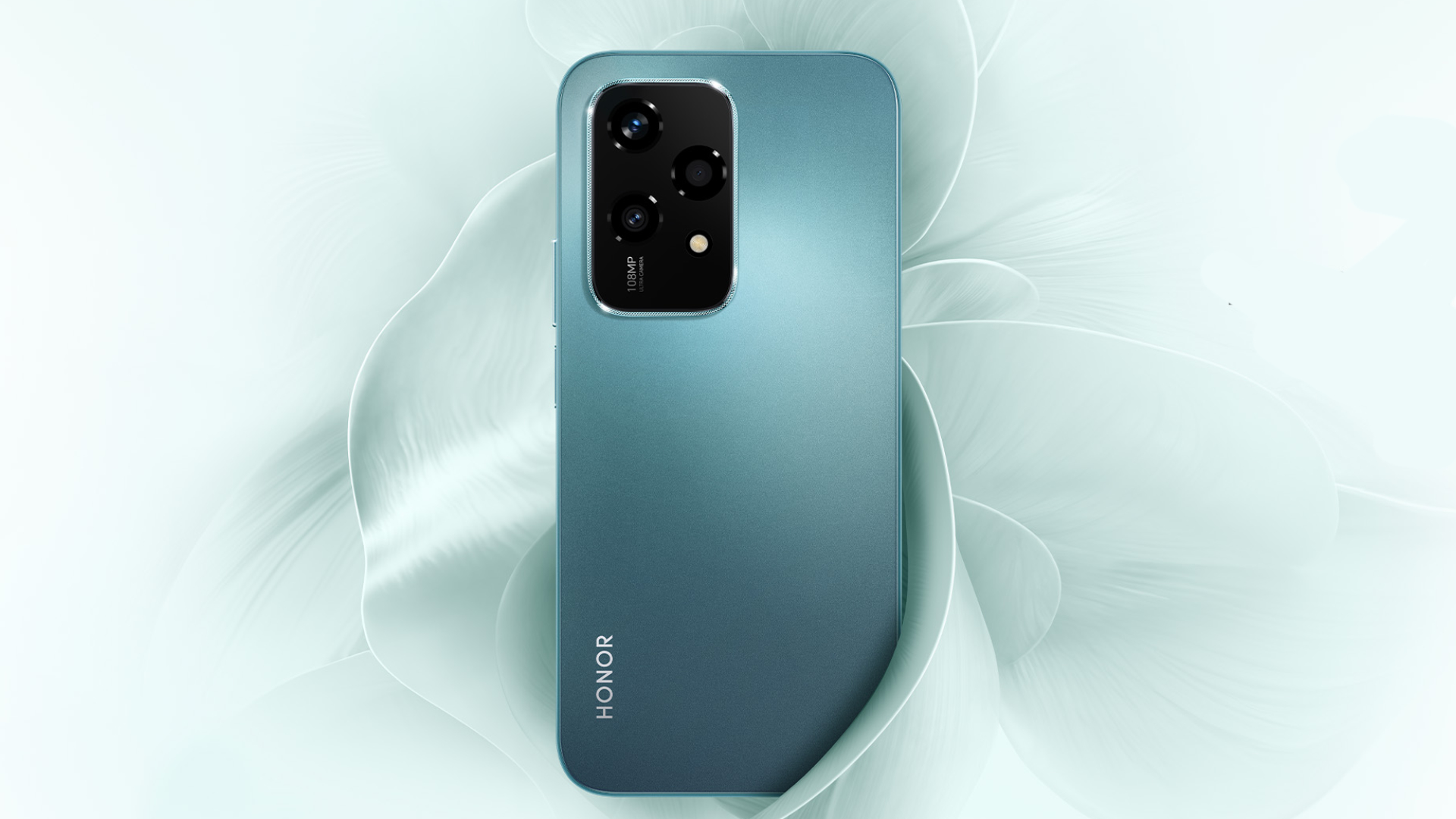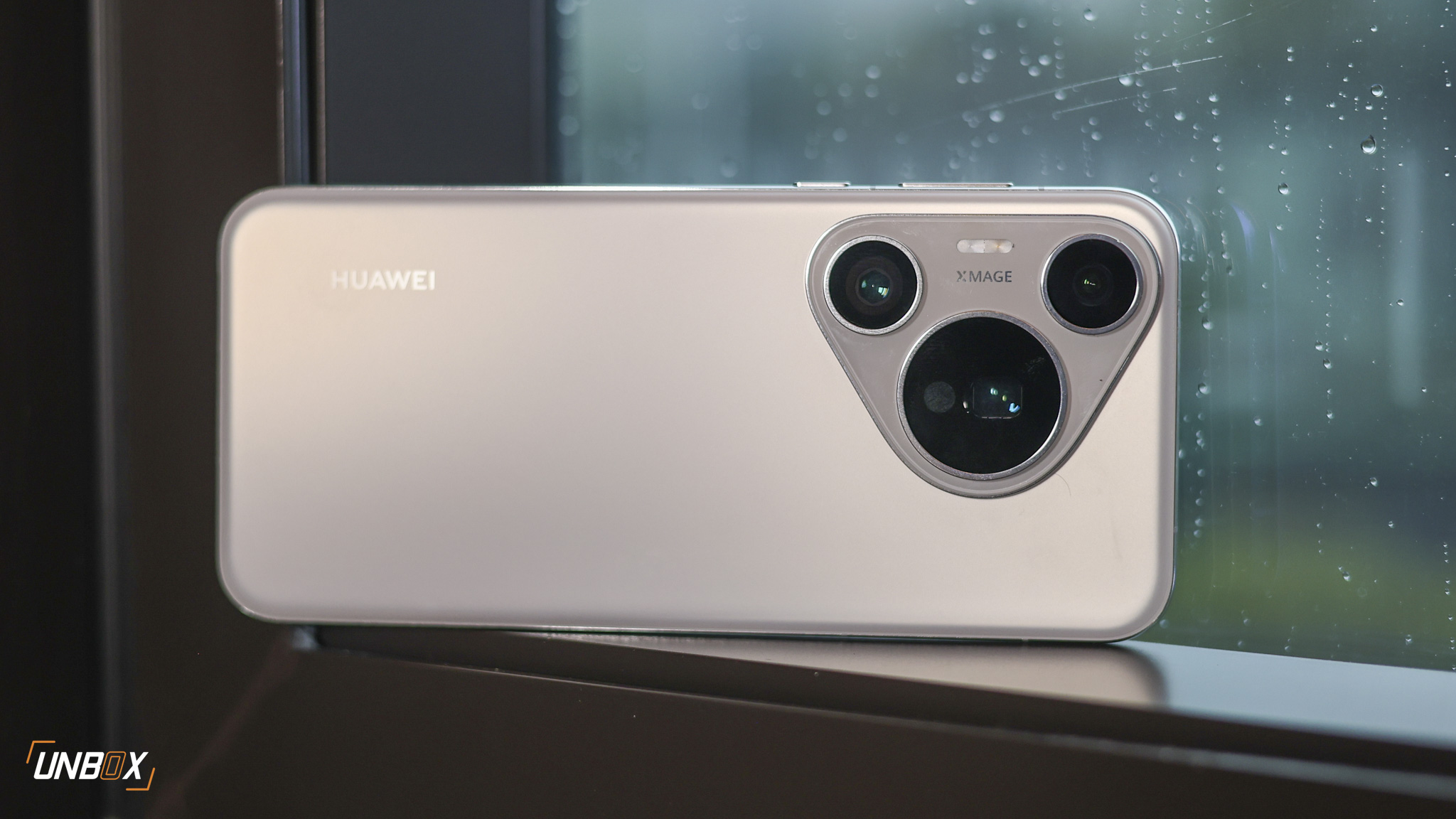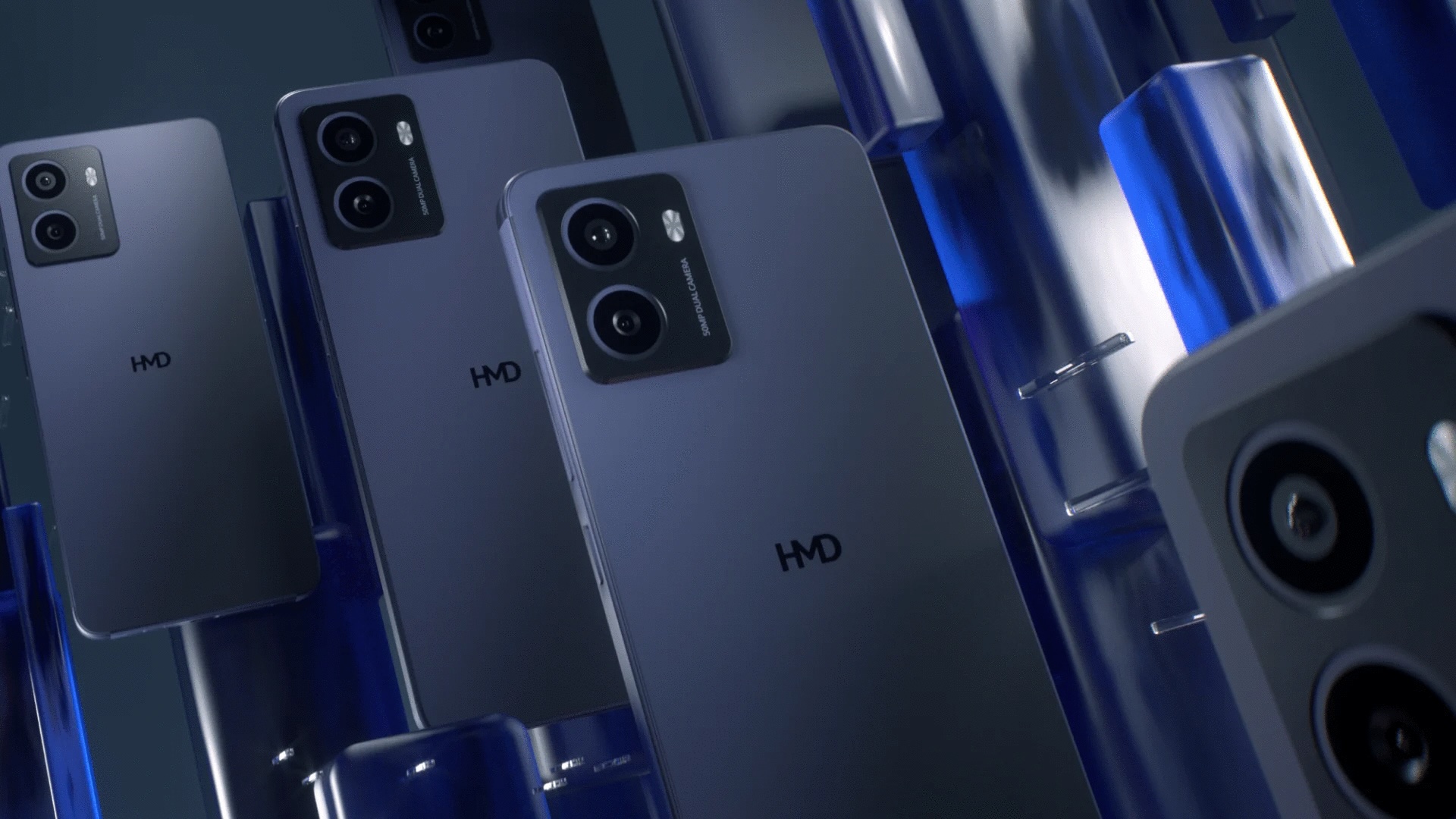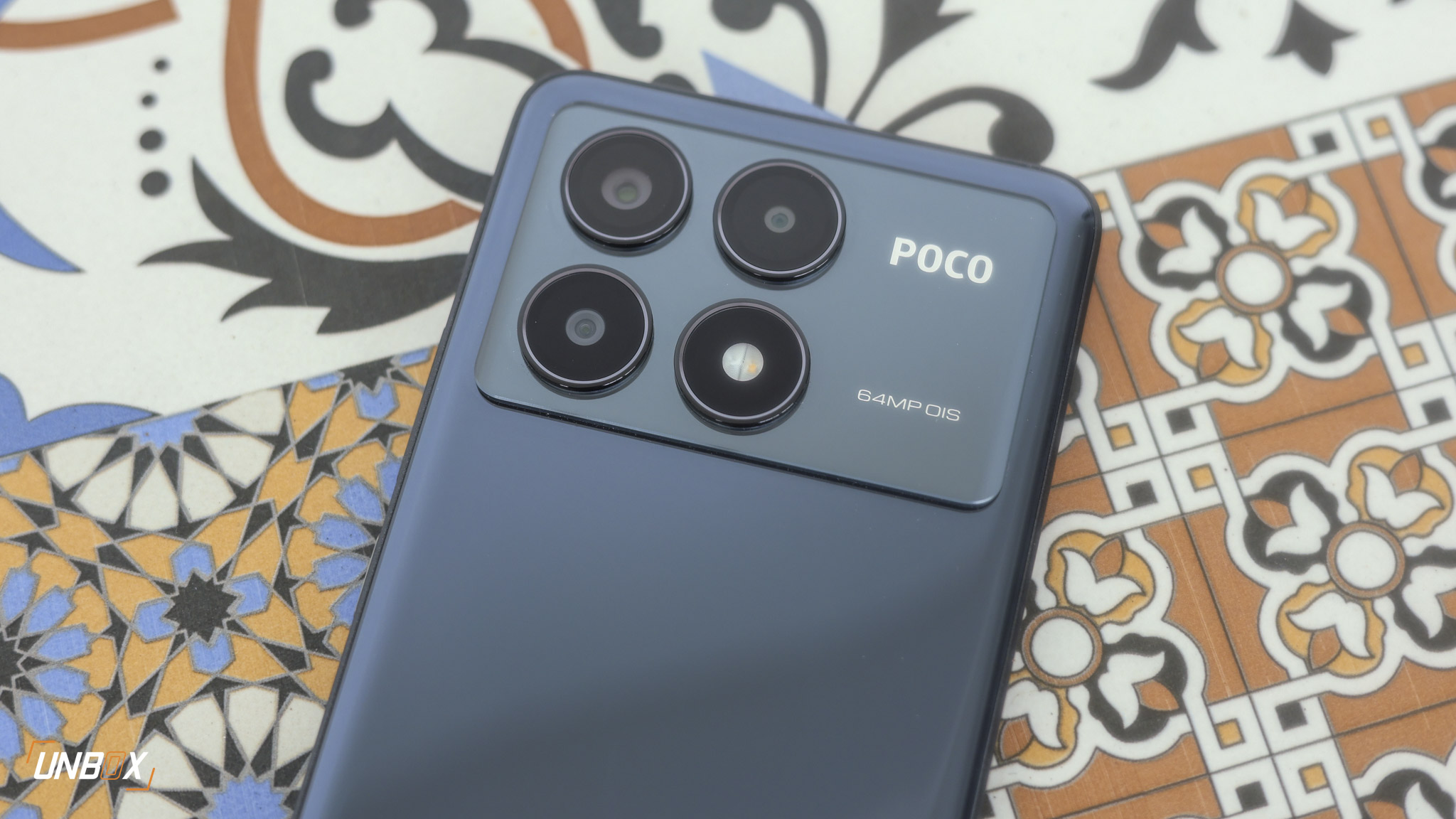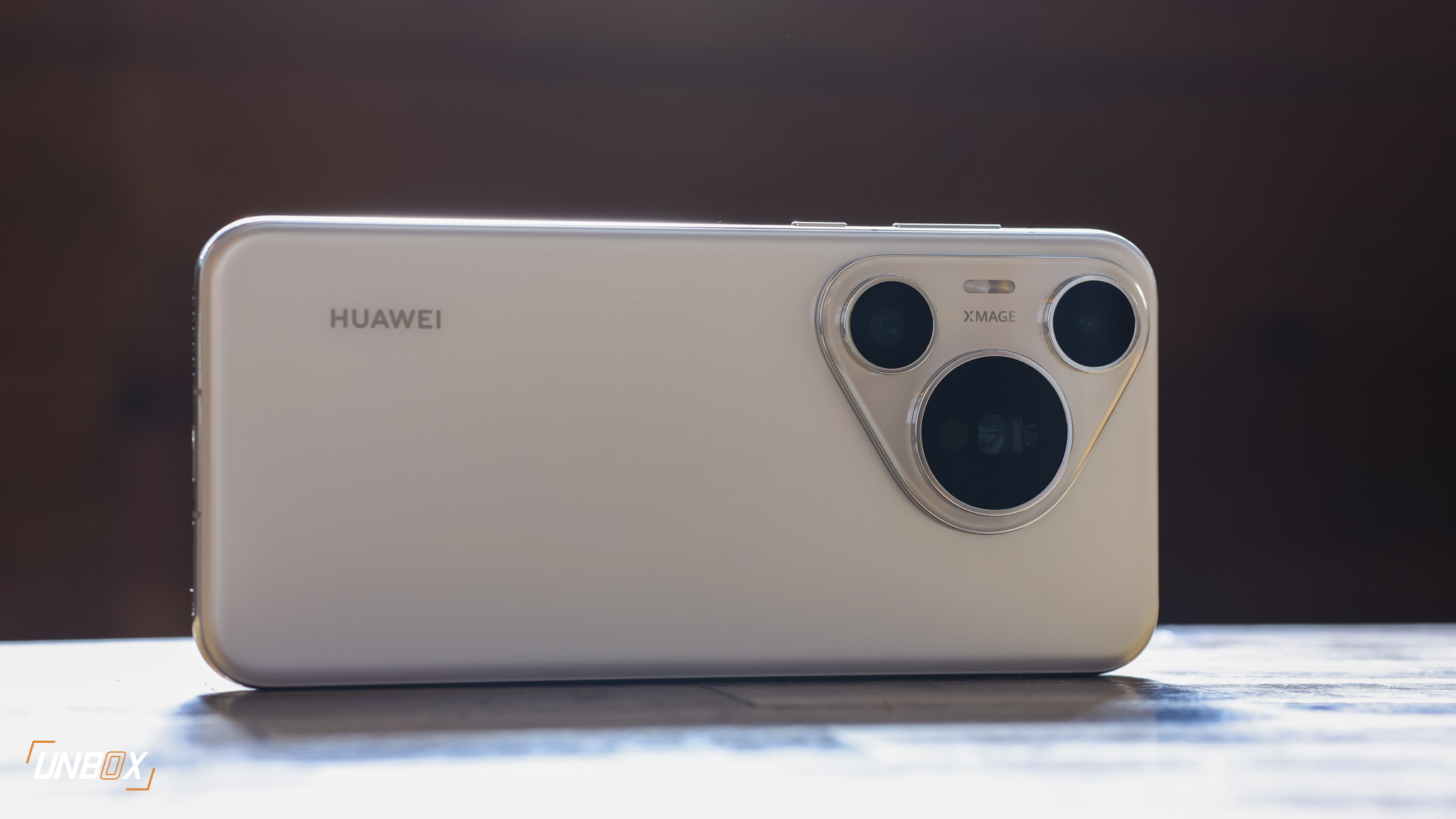Verdict: After focusing on the budget to mid-range segment since it debuted in the Philippines in late 2018, Realme is looking to punch through the other side of the spectrum. The company is now looking to offer value-for-money flagships with the Realme X series. Realme’s latest offering, the X50 Pro, comes with a stacked spec sheet that includes top-tier internals, insanely fast charging speeds, and a versatile front and rear camera setup, as well as 5G connectivity.
The phone is a great device for people looking for an affordable option for their postpaid plan, and is debuting through Smart’s Signature Postpaid Plan 1,499.
Pros
- One of the best builds for a Realme phone
- Insanely fast charging speeds
- Flagship-quality display
Cons
- Dated design
- Not the best in battery life
- Cameras can’t match premium flagship phones
realme is capping off their momentous 2020 with the launch of their most premium phone to date: the realme X50 Pro 5G. The new phone is the brand’s first-ever 5G-capable flagship and promises to deliver a premium experience for much less.
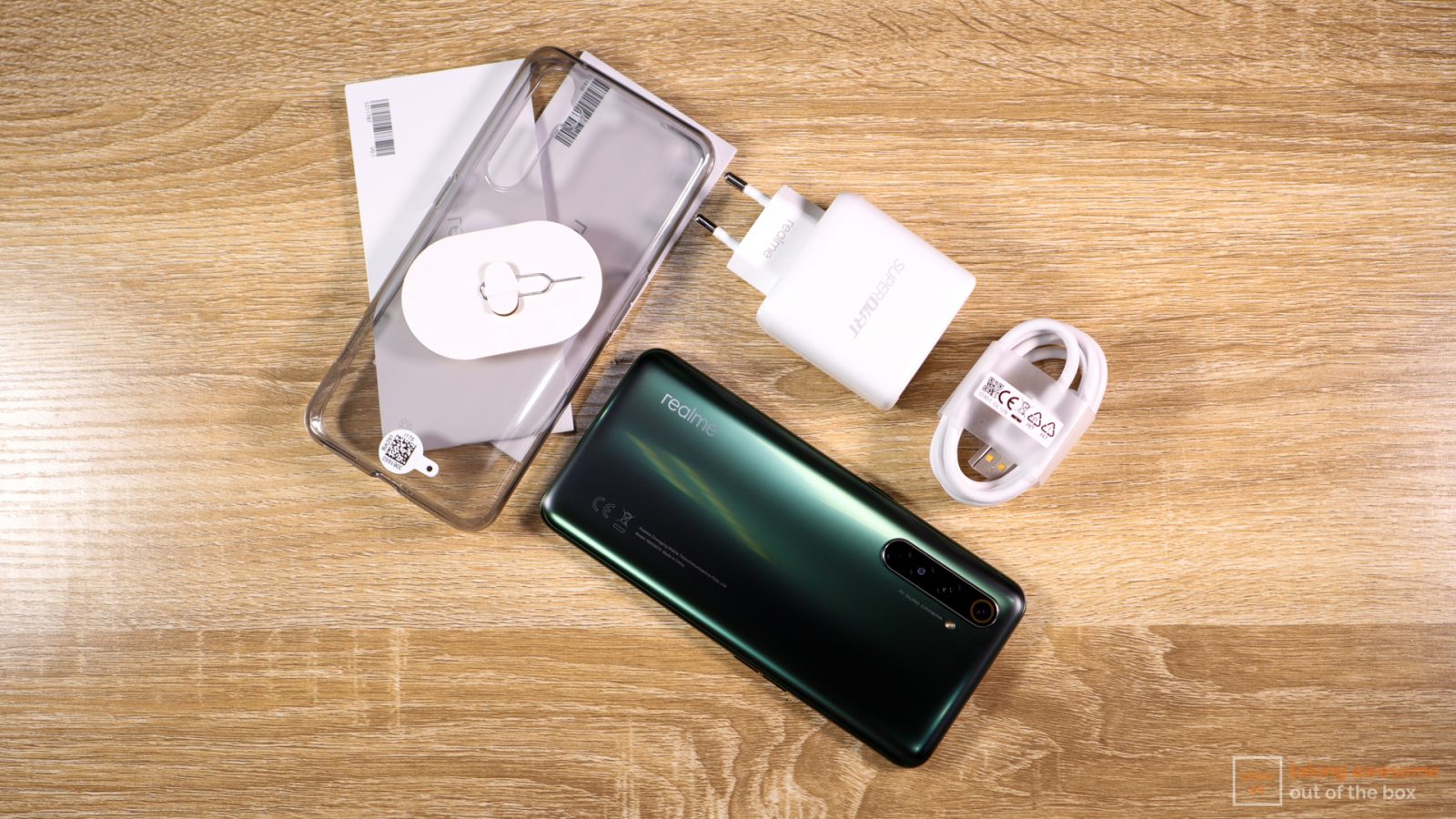 Unboxing and packaging contents
Unboxing and packaging contents
realme has stayed consistent with the packaging of their phones even in the flagship space. Yes, you still get a yellow box with the Realme X50 Pro 5G branding on the front. At the back, you get the Realme X50 Pro’s key specs: Snapdragon 865, quad rear cameras led by a 64-megapixel main snapper, 65w SuperDart wired charging, and a 90hz Super AMOLED display.
Inside the box is what you expect with any Realme device; the phone itself, 65w SuperDart wall charger, USB-C cable, silicone case, SIM ejector tool, and documentation.
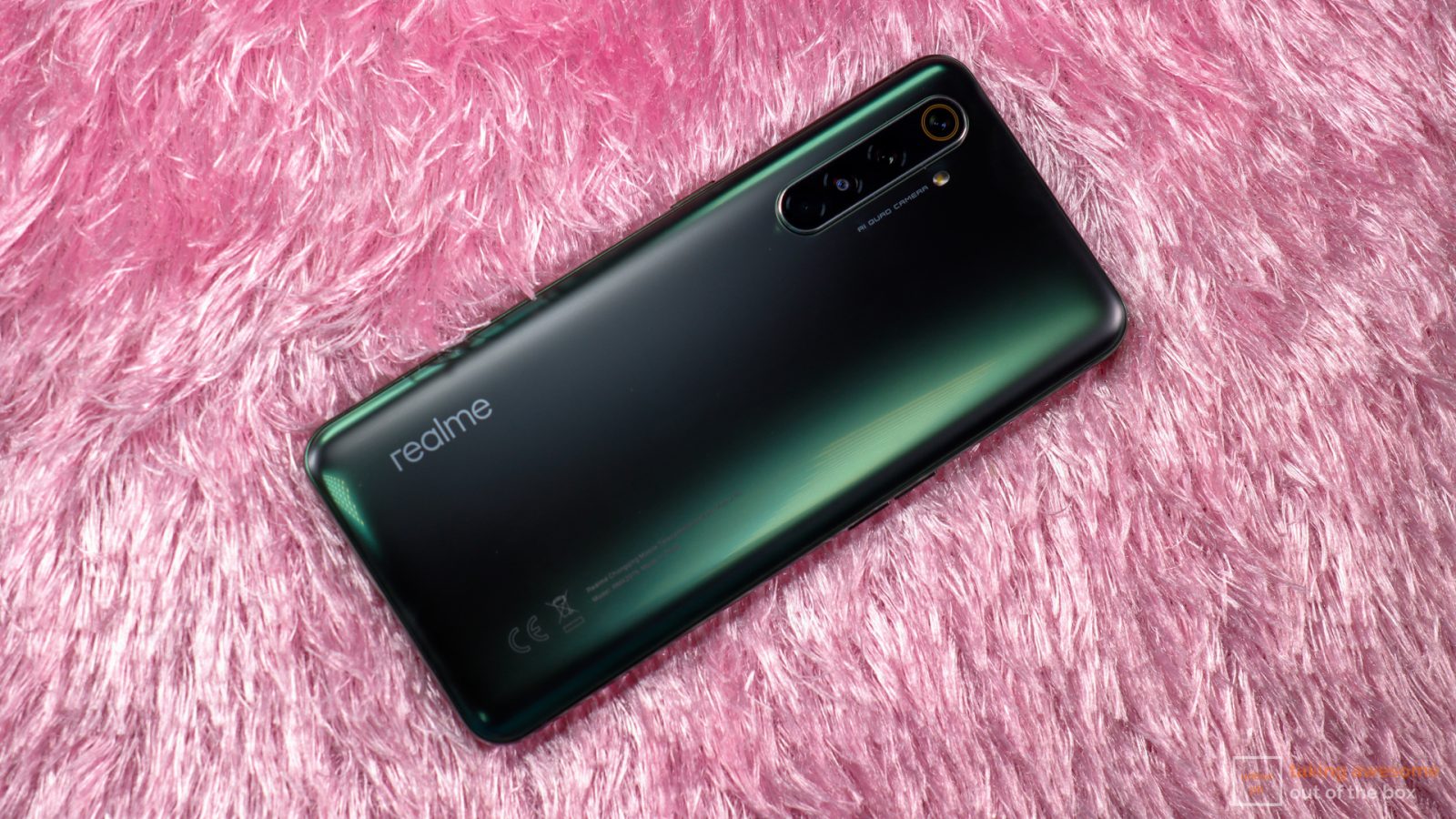 Design
Design
Compared to the X50 that we reviewed a few months ago, the X50 Pro feels more premium in every aspect. While it has roughly the same weight as its vanilla sibling, the X50 Pro opts for a glass back in a frosted finish. We prefer this over the vanilla model’s glossy finish as it is less of a smudge magnet and gives the device a more premium look. Our review unit is in Moss Green, and the color looks very elegant.
The frosted finish continues with the frame, where it feels more solid compared to the vanilla X50. The X50 Pro does have visible antenna bands, which is necessary for better reception of 3G, 4G/LTE, and 5G frequencies.
The X50 Pro has the same camera module layout that dates back to the Realme XT, though it looks dated and boring compared to the camera modules of the phones other brands have release recently. Like the vanilla X50, you get almost the same port layout save for the power button—you get a conventional power button on the X50 Pro since it has an in-display fingerprint scanner that is fast and accurate.
You don’t get a headphone jack with the X50 Pro, so you will either resort to using wireless earphones or look for USB-C earphones—the latter being an impractical option due to compatibility issues with various models.
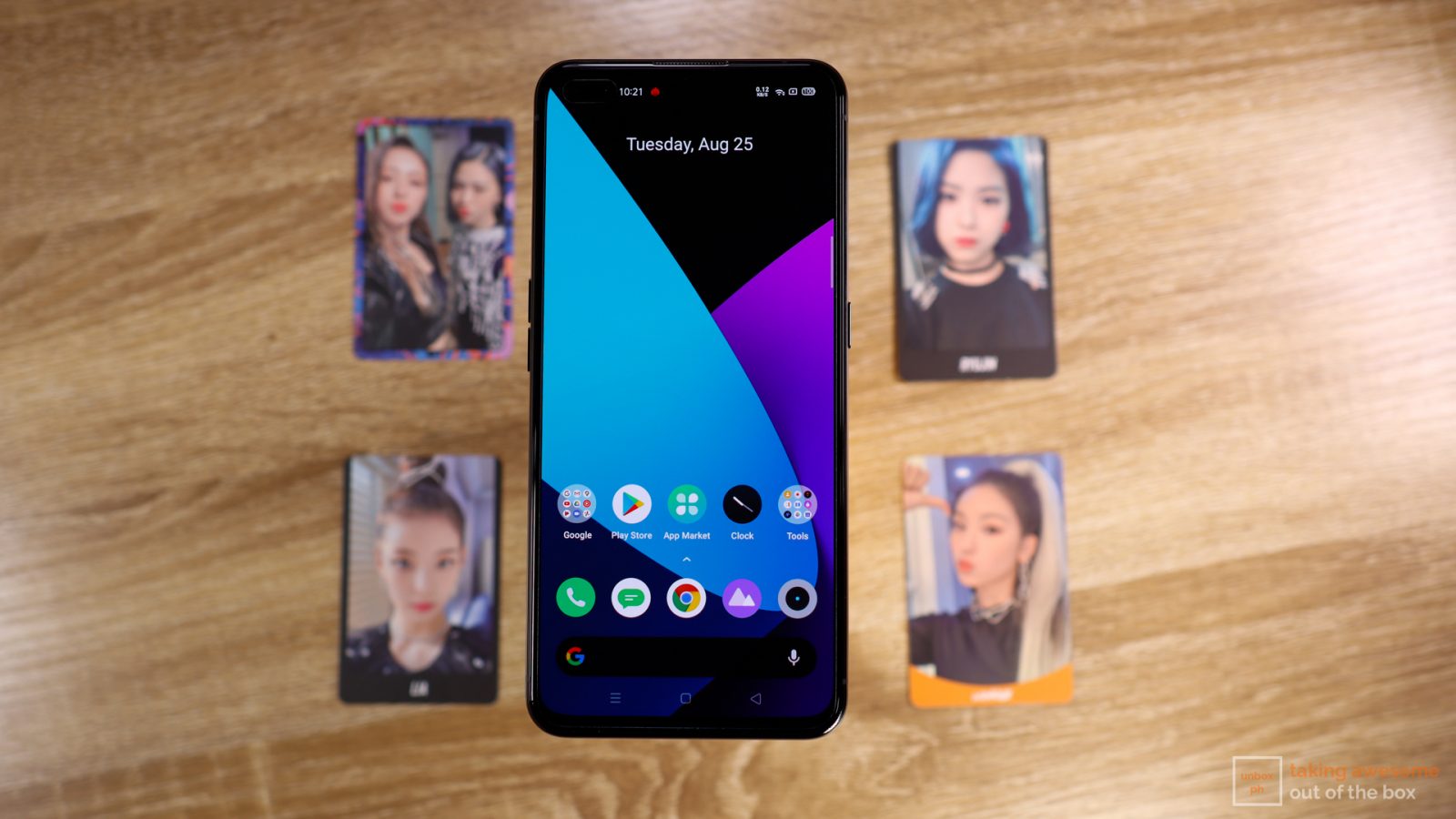 Display
Display
While you only get a 90hz refresh rate instead of the 120hz panel of the vanilla X50, Realme makes up it by using a Super AMOLED panel. We don’t mind the downgrade in refresh rate, as the difference between 120hz and 90hz is very minuscule compared to the difference between 60hz and 90hz.
We still prefer a Super AMOLED panel compared to the IPS ones used on the majority of Realme phones. Aside from providing better legibility in direct sunlight with its 1000nits maximum brightness, Super AMOLED panels have better color accuracy and deeper blacks. Color accuracy is important, as it gives the X50 Pro support for HDR10, along with 100% DCI-P3.
With the X50 Pro’s display, you also get Widevine L1, so you can watch your favorite Netflix shows in Full HD. Always On Display is also an added feature, so you can get a quick glance at the time and notifications without unlocking the phone.
As an entertainment device, the X50 Pro gets stereo speakers, so you can enjoy your music, videos, and games with its loudspeakers.
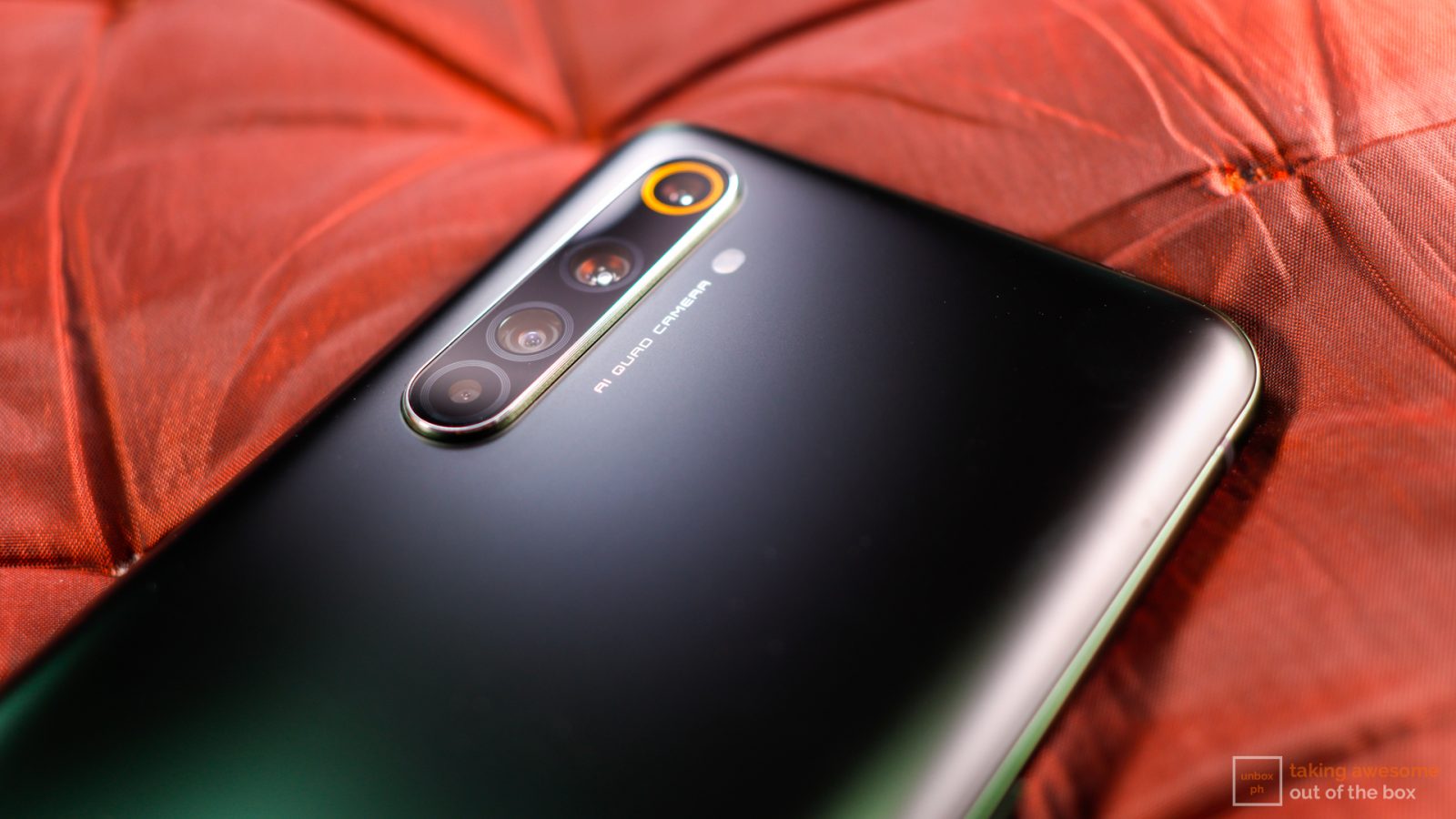 Cameras
Cameras
Having the same camera module design as the vanilla X50, you practically get the same setup with the X50 Pro—though the vanilla model’s depth sensor is swapped for a 2-megapixel mono camera.
The 64-megapixel GW1 main camera delivered photos you’d expect on a flagship killer. They perform very well in broad daylight and mixed lighting, though they struggle in low light. Addressing the X50 Pro’s issues in low light is addressed with Ultra Nightscape, where photos shot in this mode delivered more detailed images compared to when shot in full auto.
The same performance is seen with the ultra-wide-angle camera and telephoto camera. Compared to the vanilla X50, the X50 Pro does a better job of keeping the white balance and color accuracy consistent with all three cameras.
The X50 Pro’s telephoto camera can do up to 20x digital zoom, though image quality dips down when you go beyond 10x digital zoom. If you need extra reach while maintaining optical quality, it is recommended to keep the digital zoom below 10x.
As for videos, the X50 Pro can shoot 4K at up to 60FPS and Full HD up to 120FPS. EIS does a relatively good job in keeping footage stable even at 4K, and Ultra Steady helps you achieve near-action camera stability at Full HD, 60FPS. If you need a wider POV, the X50 Pro can shoot using the ultra-wide-angle camera at Full HD, 30FPS.
As for selfies, the X50 Pro gets a higher-resolution 32-megapixel IMX616 main shooter that is paired with an 8-megapixel ultra-wide-angle shooter. While both delivered stellar selfies, post-processing is not as consistent with the rear cameras—selfies taken with the ultra-wide-angle shooter have deeper contrast compared to selfies taken with the main shooter.
While the X50 Pro’s cameras perform generally well as a flagship killer, the absence of features like OIS and Dual Pixel AF limits its potential to go against the camera performance of premium flagship phones.
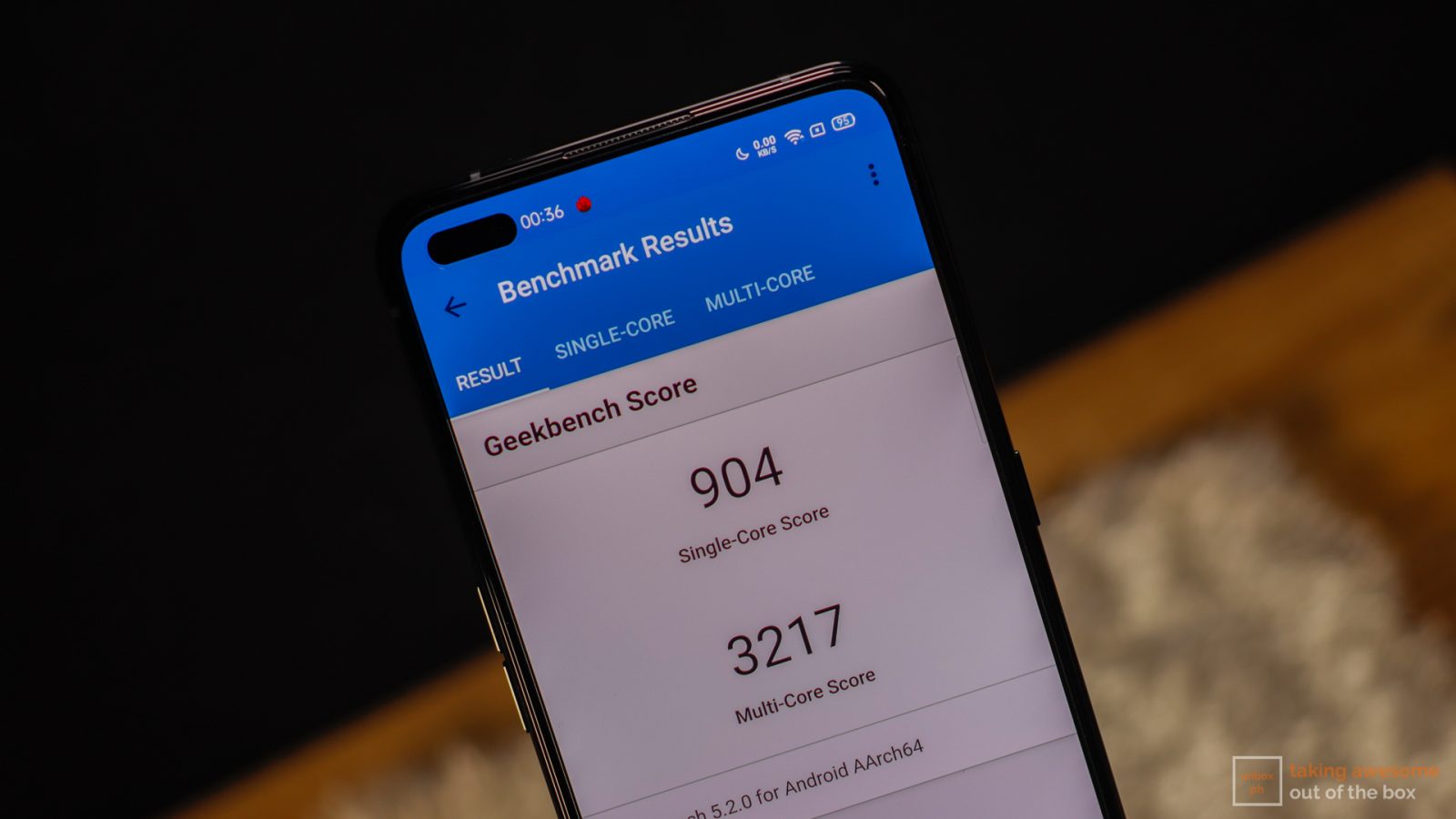 Performance and Battery
Performance and Battery
There’s no need to question about the X50 Pro’s performance, as it is equipped with one of the best internals you can ask for: Snapdragon 865 processor, 12GB LPDDR5 RAM, and 256GB UFS 3.0 internal storage. With that set of internals, everything is very fluid including switching between graphics-intensive games. Given its performance, the X50 Pro’s 90hz display is a breeze to use, as the overall user experience is buttery smooth.
While it is not classified as a gaming phone, the X50 Pro can run your favorite titles at the highest possible graphics settings with high framerates. Stability is no issue: based on results obtained from GameBench, the X50 Pro can easily hit the 60FPS cap on most games at 100% stability. If you want to go beyond that, NBA 2K20 is one of the few games that lets you push 90FPS gameplay—again with 100% stability even at the highest possible settings.
Given the amount of muscle the Snapdragon 865 can deliver, we really hope that developers allow their games to go beyond the 60FPS cap (30FPS in the case of Asphalt 9) to make the most out of the processor’s power.
However, as much as the X50 Pro is a monster when it comes to performance, it falls short with battery life. Armed with a 4200mAh battery, we hit around 10.5 hours on our video loop test and less than 10 hours on PCMark with the display set at 90hz. Toning down the refresh rate to 60hz gave us an additional hour in both PCMark and in our video loop test.
In real-life tests, that translates to roughly a days’ worth of use, and that can go lower if you use the X50 Pro with 5G connectivity—as of this writing, we have yet tested the phone’s 5G capabilities. While the X50 Pro’s battery life is not stellar, it makes up for it with its insane 65w SuperDart wired charging. While the charging brick is big—it is approximately the size of a MacBook Air’s 30w charging brick, it can juice up the X50 Pro from flat to 100% in around 35 minutes.
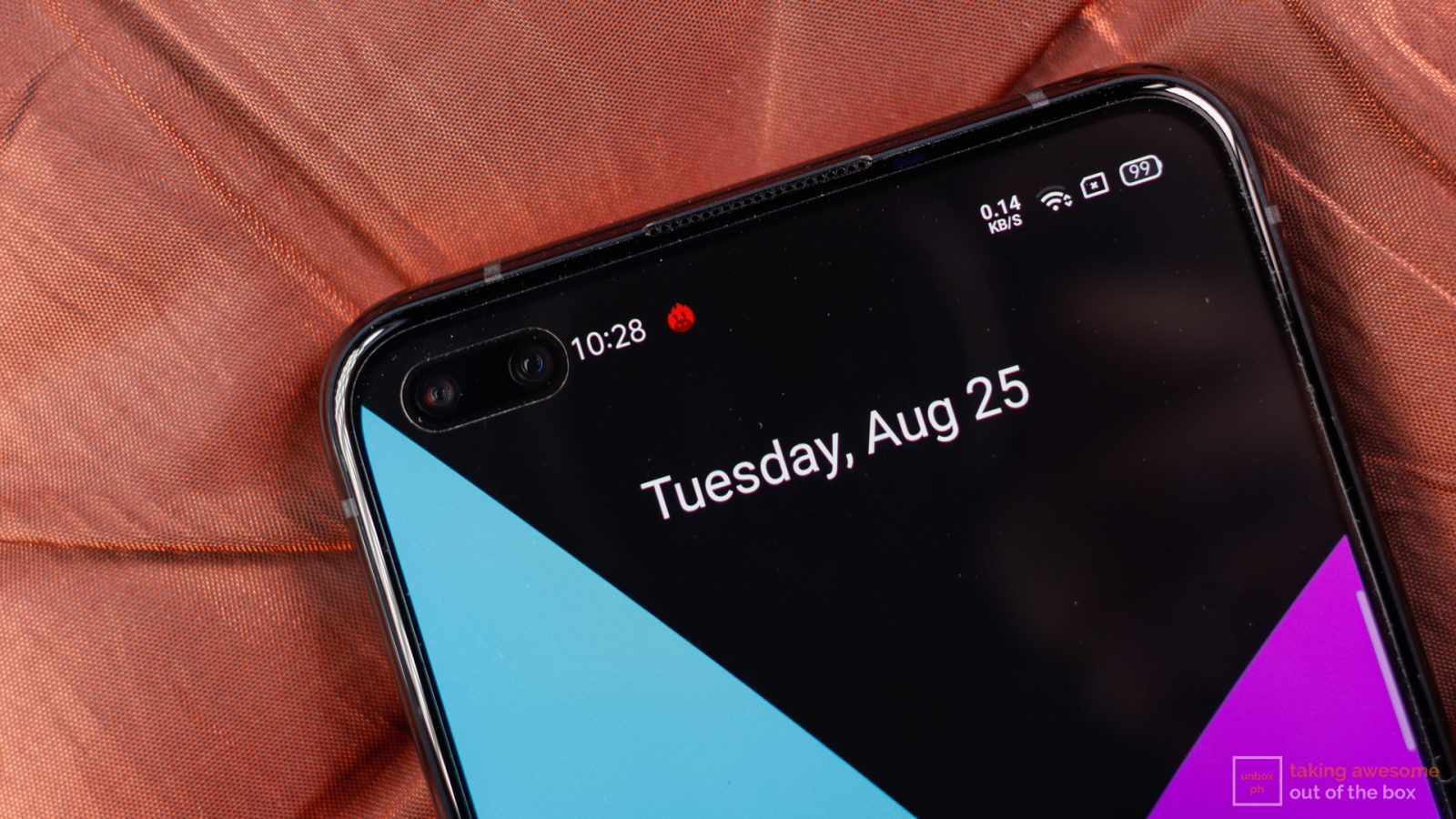 Wrap up and conclusions
Wrap up and conclusions
With X50 Pro being the brand’s second official flagship phone in the Philippines (the first one being the X3 SuperZoom), it is the more proper flagship killer with its 5G capabilities and newer internals. While it is not the best when it comes to battery life, its insanely fast 65w charging solution disregards this issue.
The cameras are versatile and perform well for a flagship killer, though the lack of some flagship features—OIS and Dual Pixel AF to name a few—limits the X50 Pro’s potential to go against the camera performance of premium flagships. While there are only a few 5G flagship killers in the market, the X50 Pro is definitely a phone worth considering if you are after performance and future-proofing.
The X50 Pro will be available through Smart’s Signature Postpaid plans, specifically through the Smart Signature Plan 1,499. People who want to buy the realme X50 Pro 5G will have to pay a Php 6,900 cash-out upon pre-order, and an additional Php 400 a month amortization for the device.
Pre-orders start from December 3 to December 10, and customers who pre-order the phone through Smart will get a free realme Watch worth Php 3,990. The phone starts shipping on December 11 onwards via Smart Signature plans (Online and in-stores).
Realme X50 Pro Specs
- CPUQualcomm Snapdragon 865 octa-core processor
- RAM6GB/8GB/12GB LPDDR5 RAM
- Storage128GB/256GB of UFS 3.0 storage (non-expandable)
- Display6.44-inch Full HD+ Super AMOLED display, 90hz refresh rate, 20:9 aspect ratio, HDR10+
- CameraQuad rear cameras: 64-megapixel f/1.8 Samsung GW1 main camera with EIS; 12-megapixel f/2.5 telephoto camera with 2x optical zoom and 20x digital zoom; 8-megapixel f/2.2 ultra-wide-angle camera with EIS; 2-megapixel f/2.4 monochrome portrait camera; PDAF, dual-tone flash
- OSAndroid 10 with Realme UI
- Battery4200mAh battery with 65W SuperDart Wired Charging
- FeatureIn-display Fingerprint scanner, USB-C, Dolby Atmos, stereo speakers, vapor chamber cooling
- Front CameraDual front cameras: 32-megapixel f/2.0 Sony IMX616 main camera; 8-megapixel ultra-wide-angle camera; with slo-mo selfie, selfie bokeh
- Communication3G, 4G LTE-A, dual-mode 5G, Dual-Band GPS, GLONASS, WiFi 6, Bluetooth 5.0, NFC


